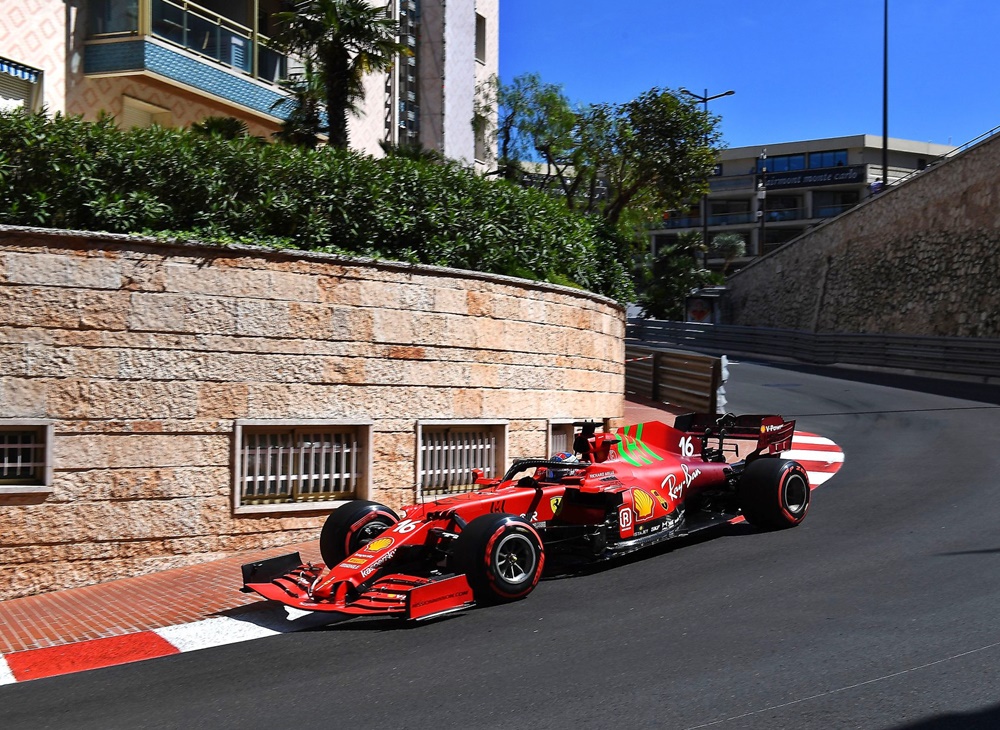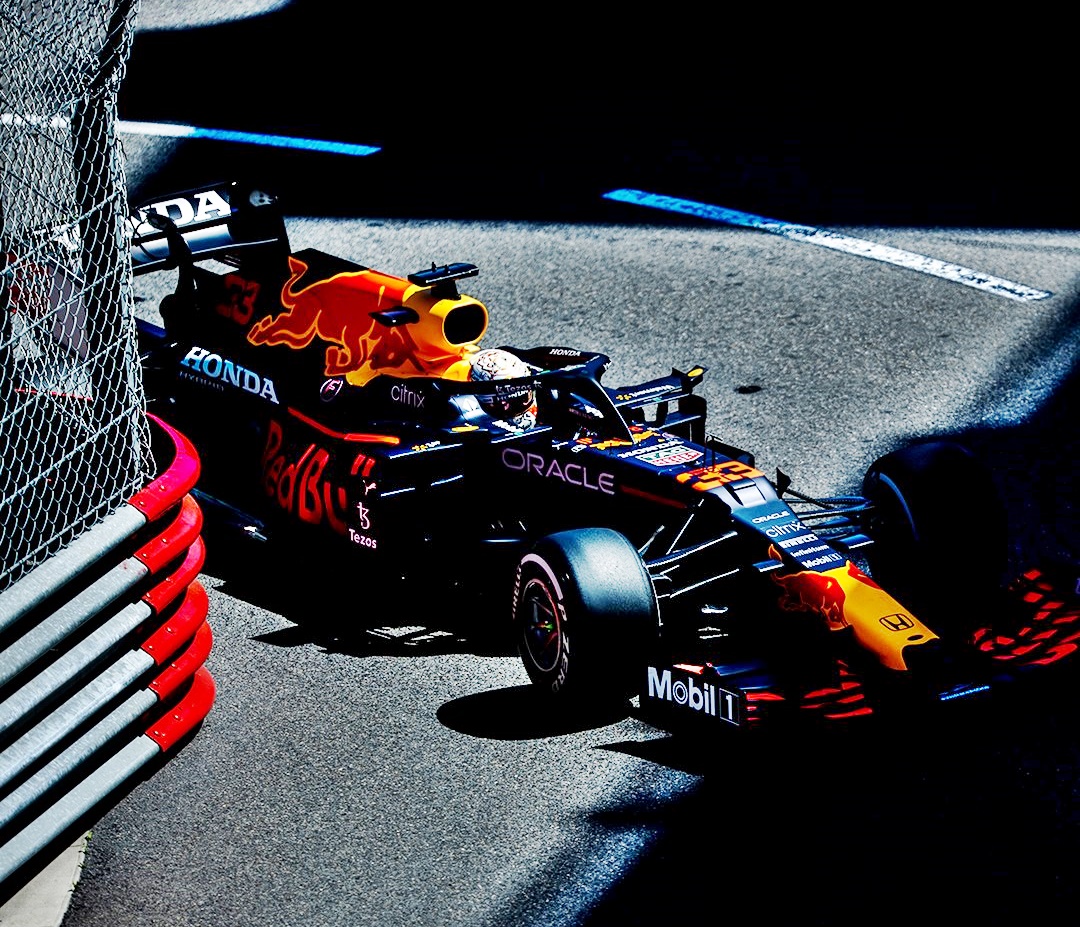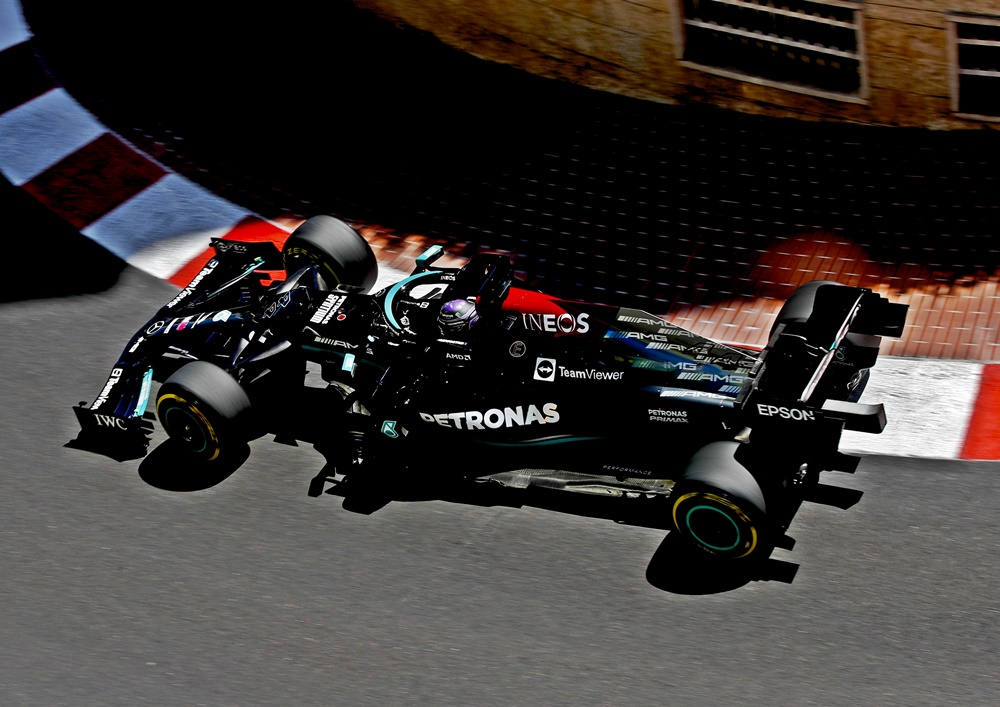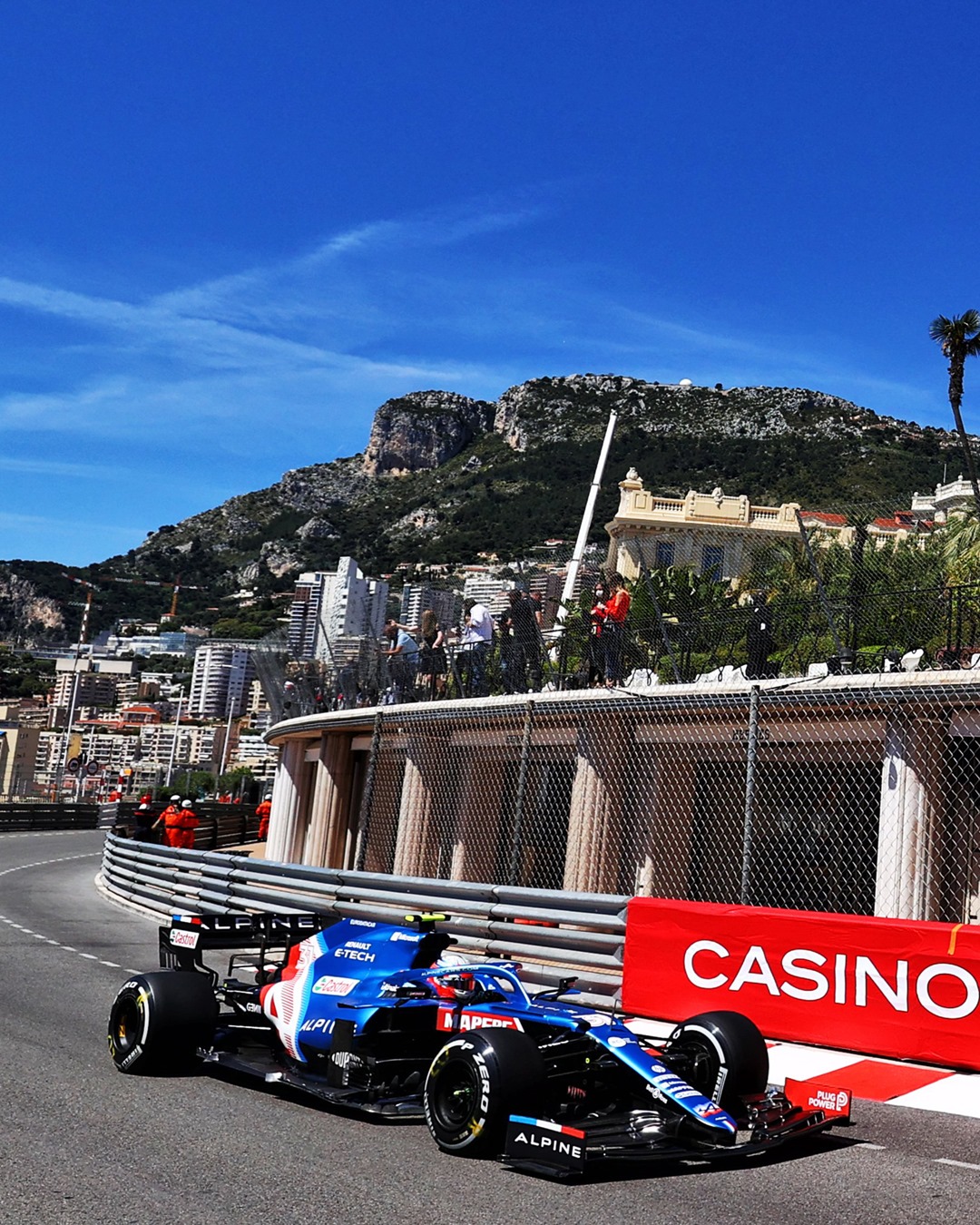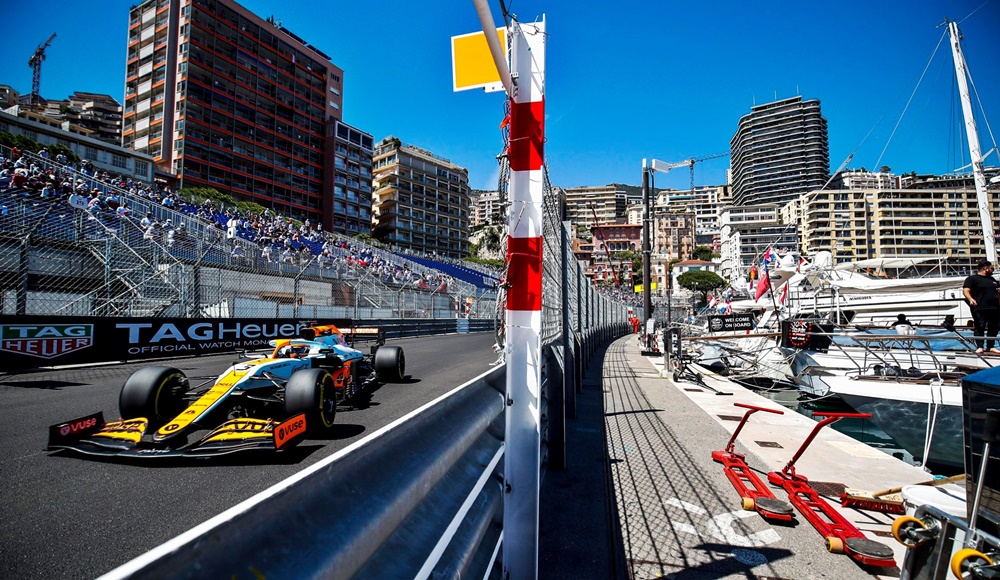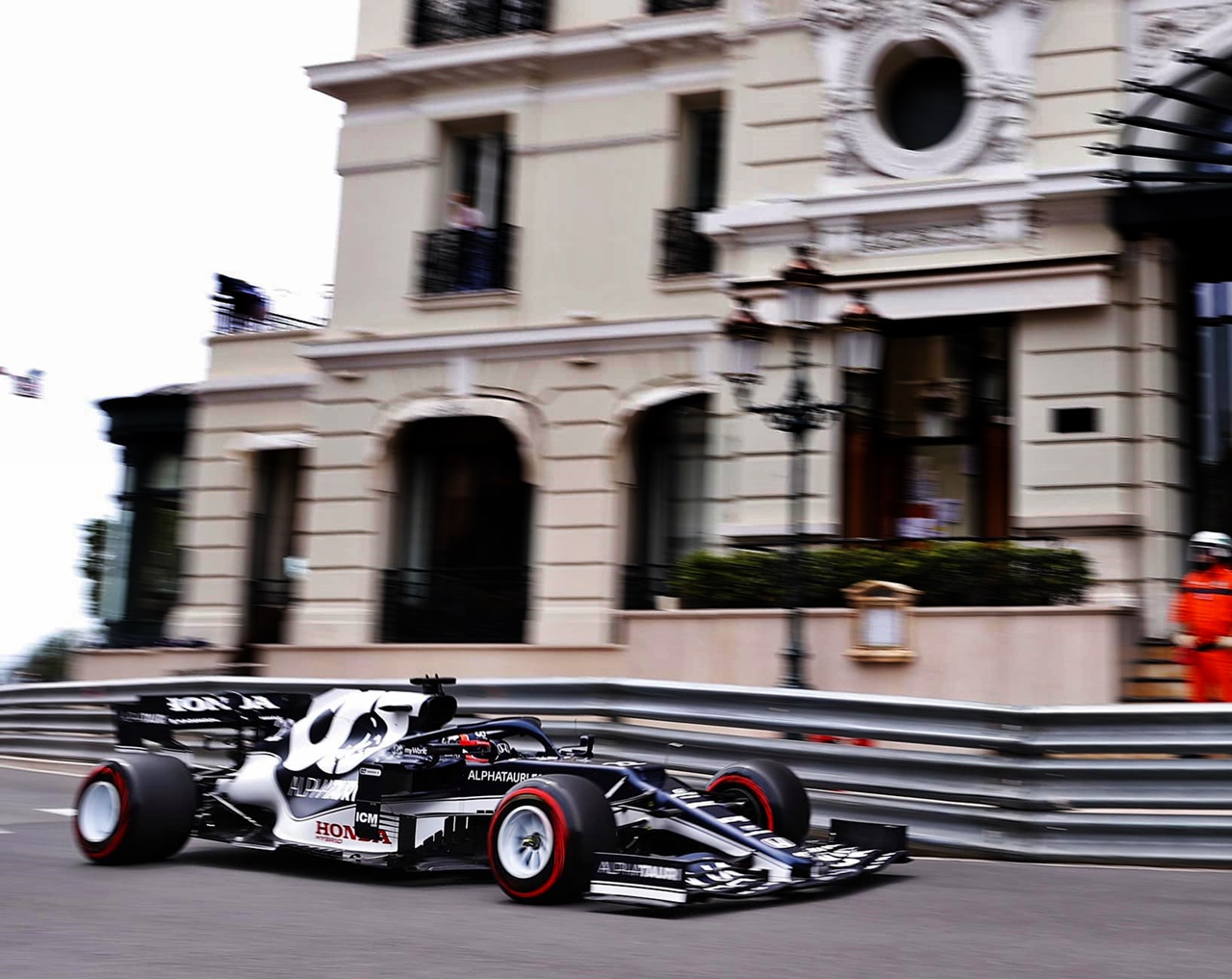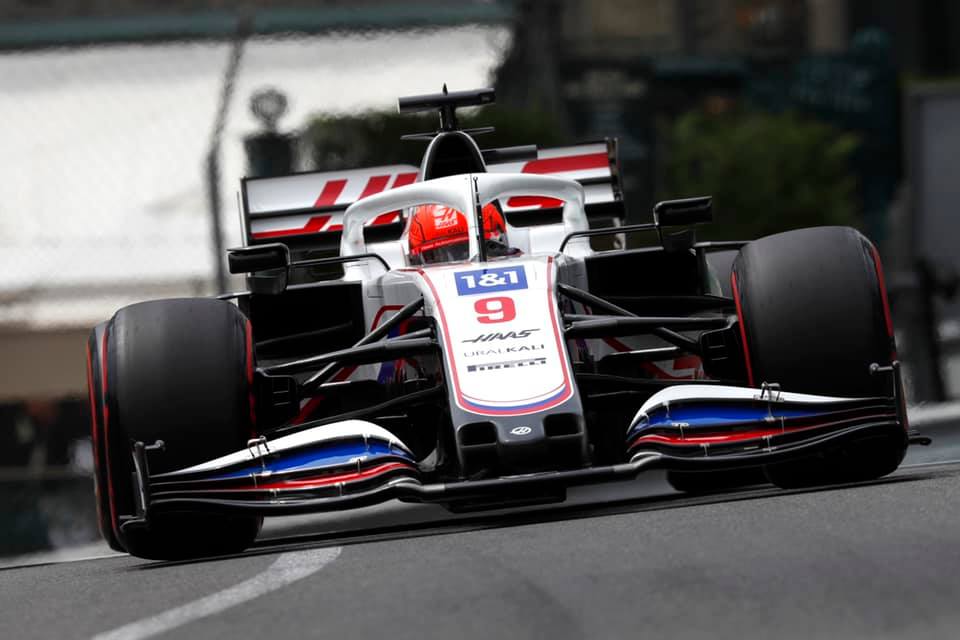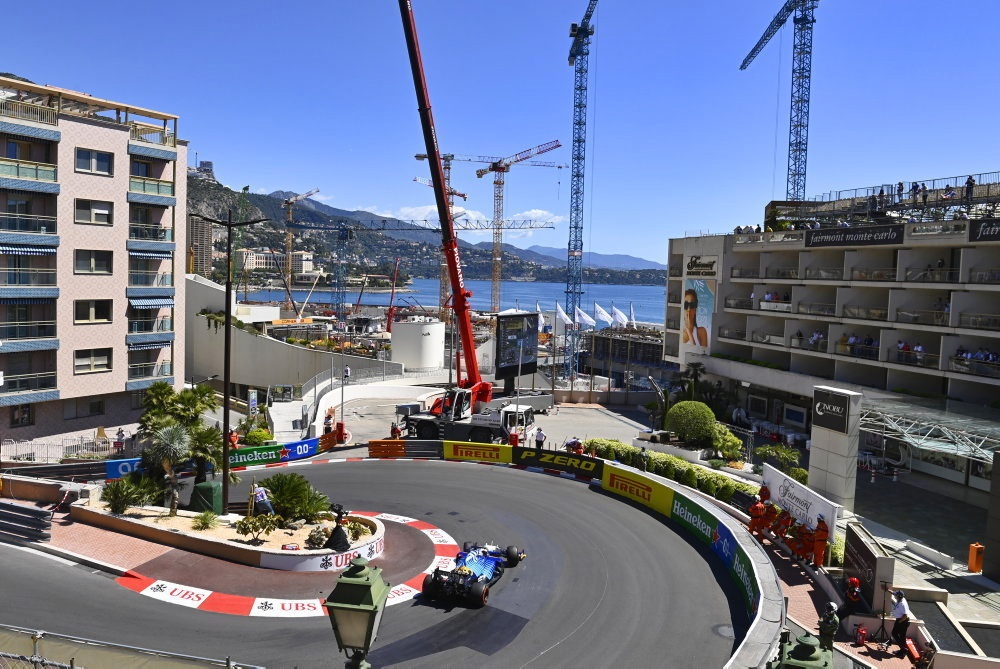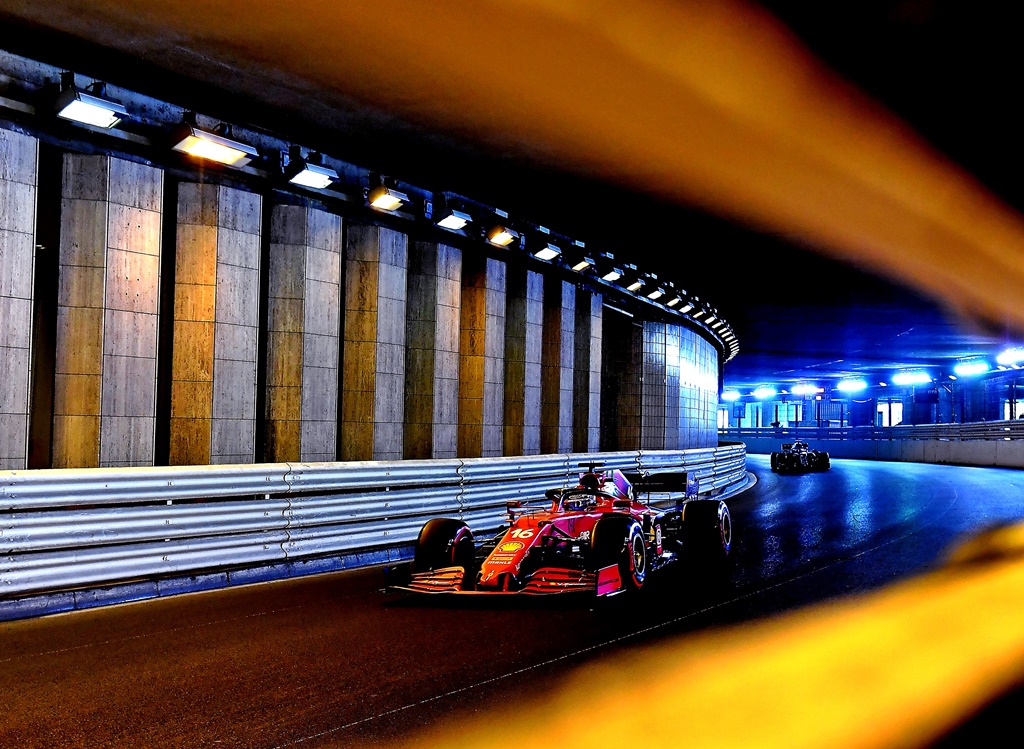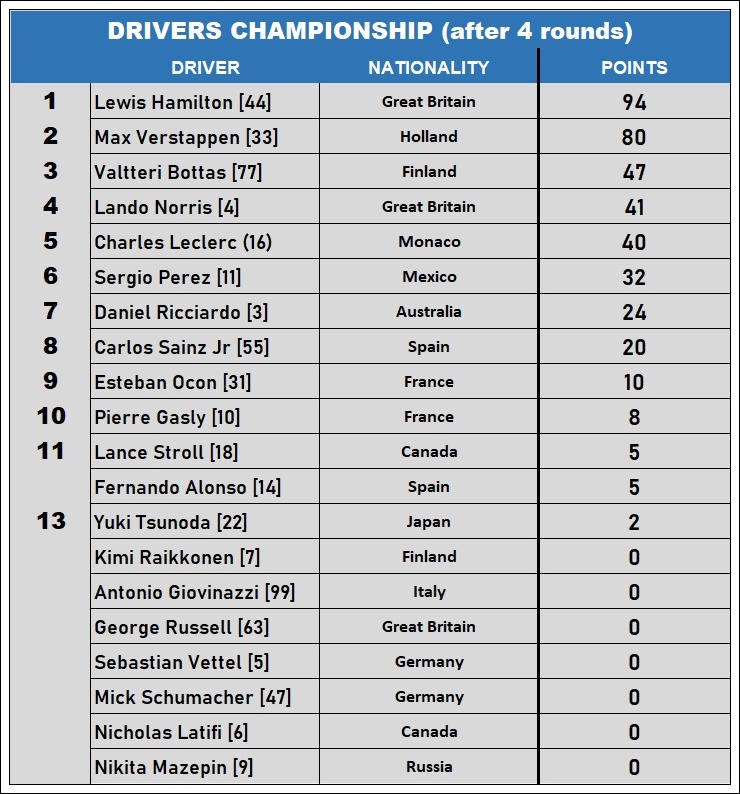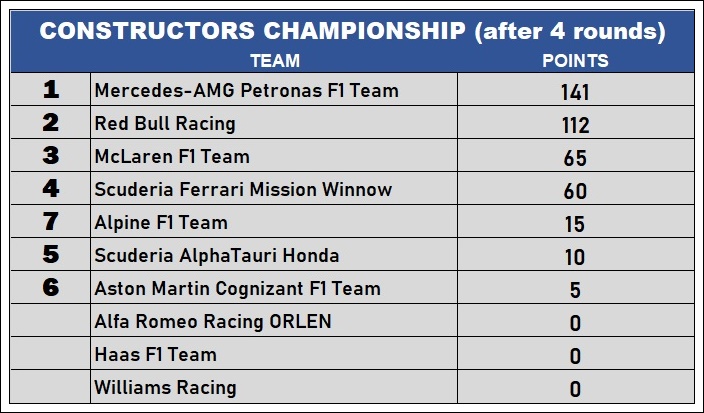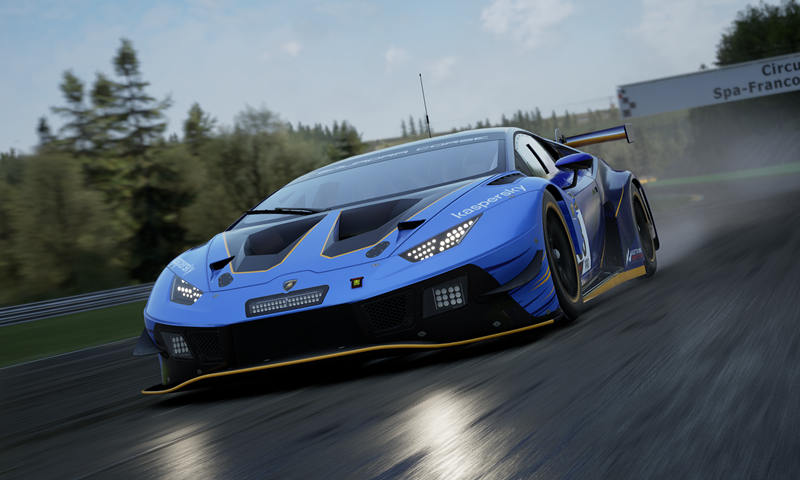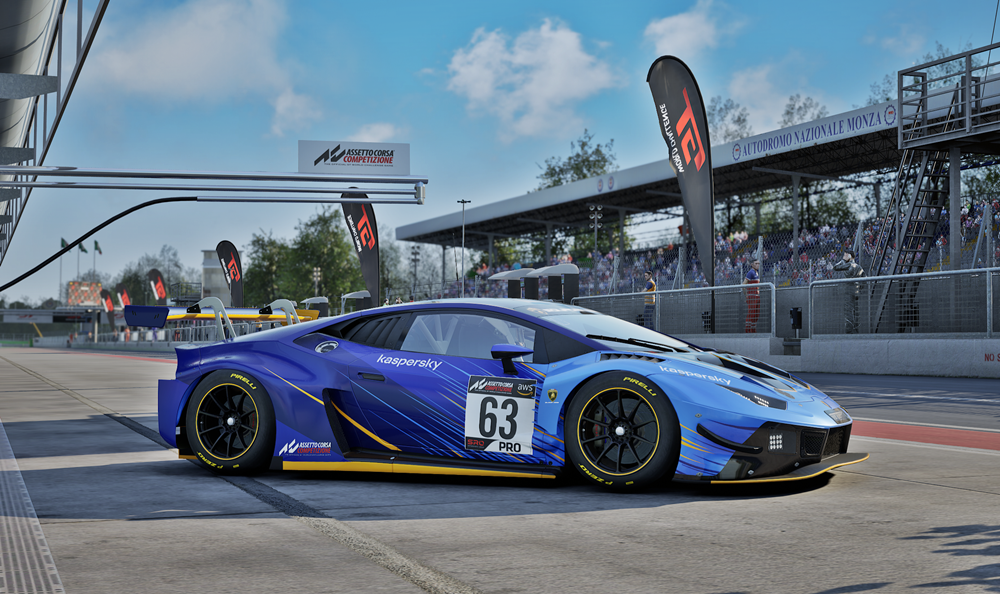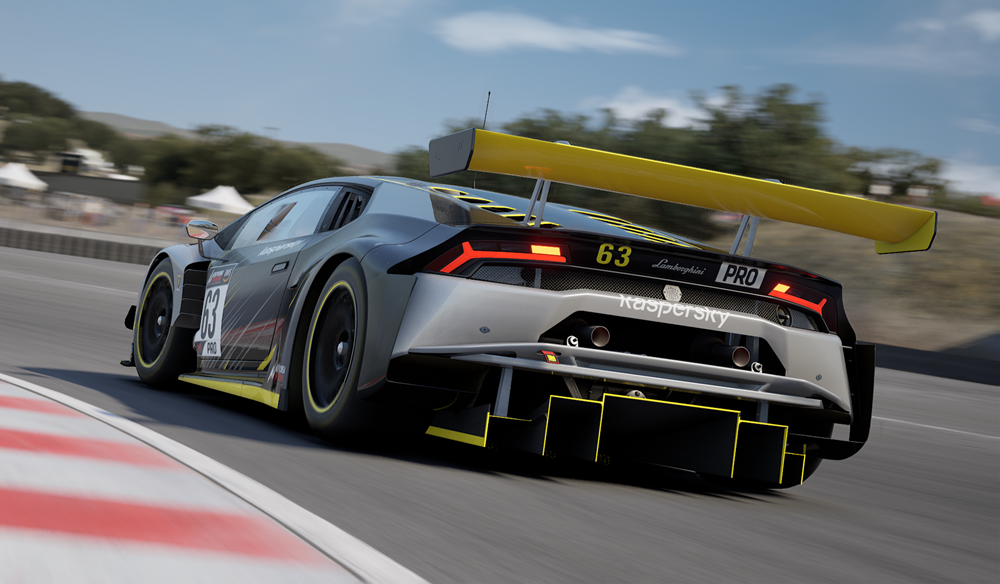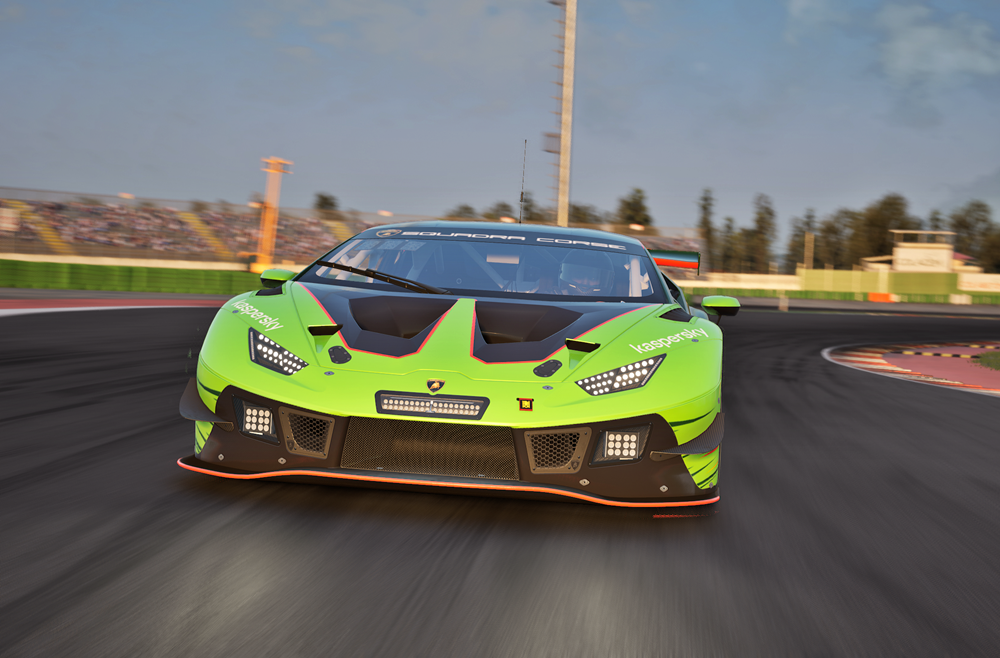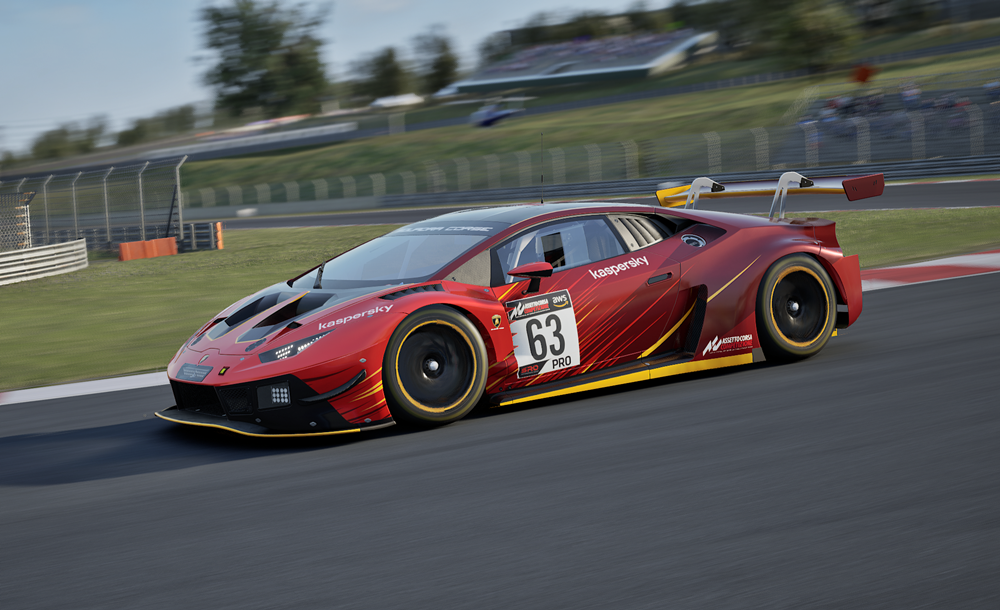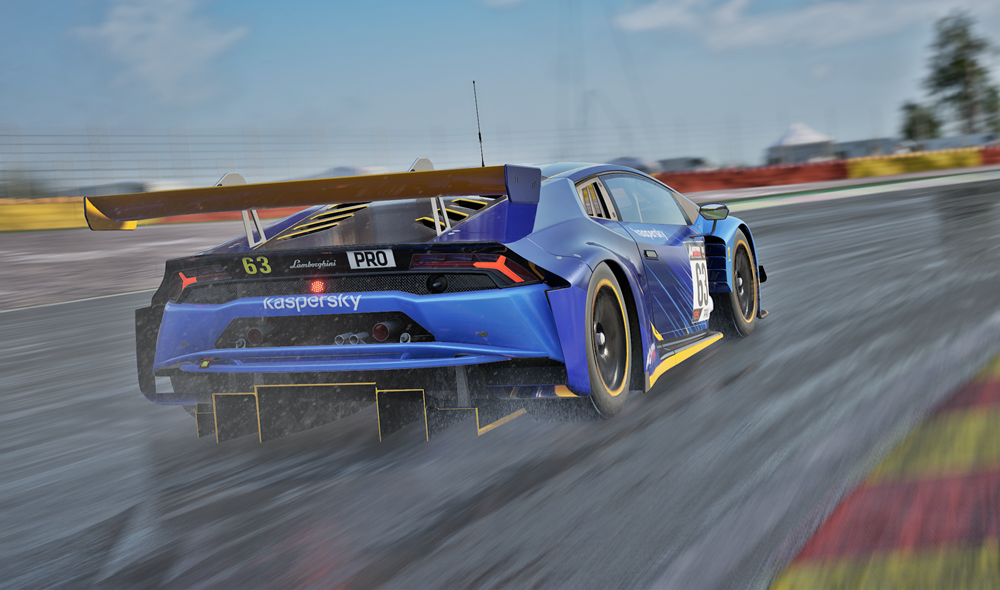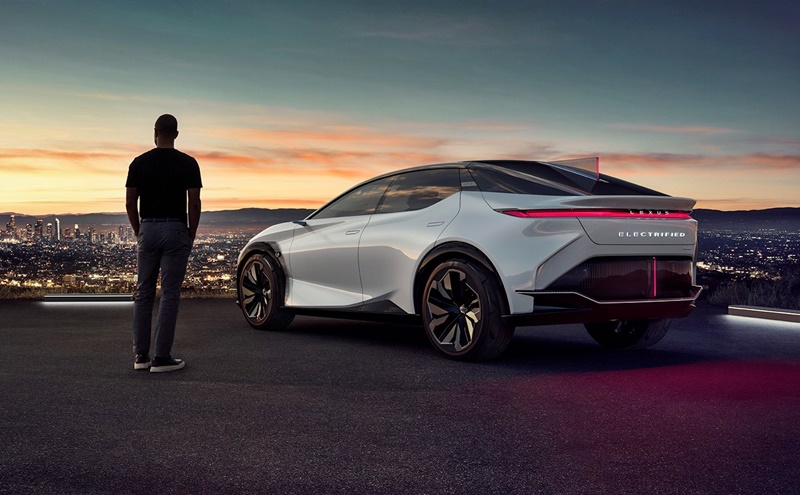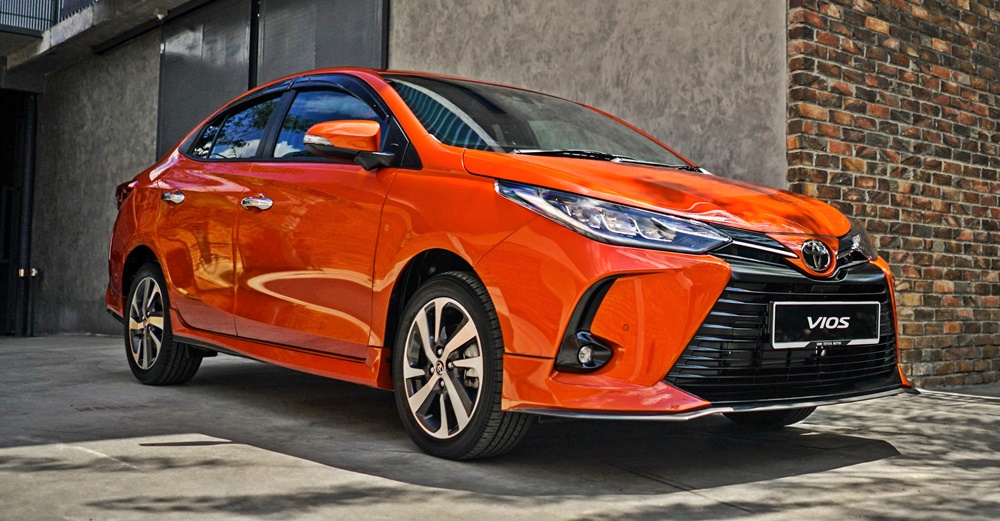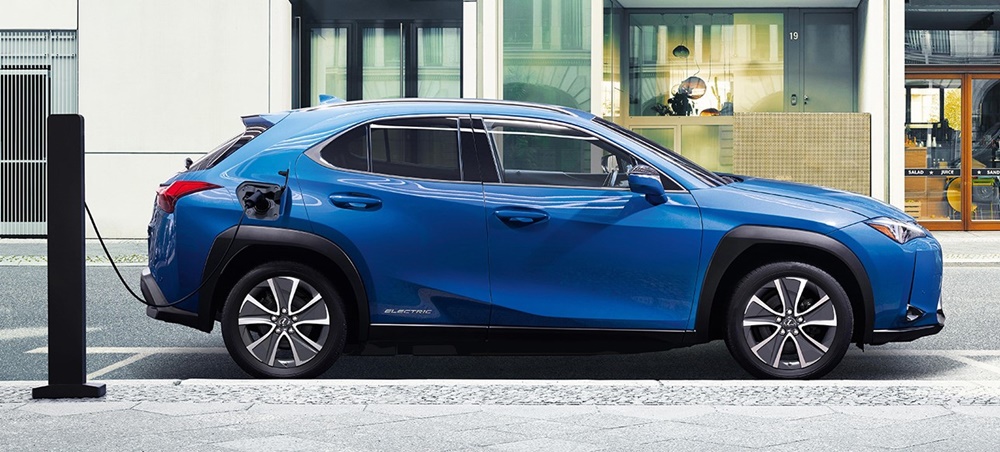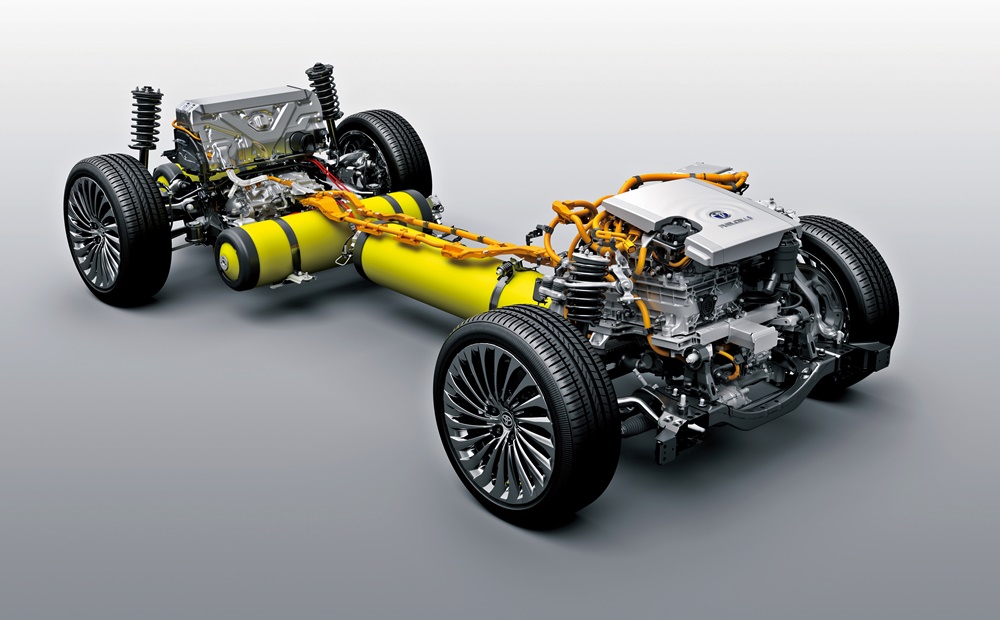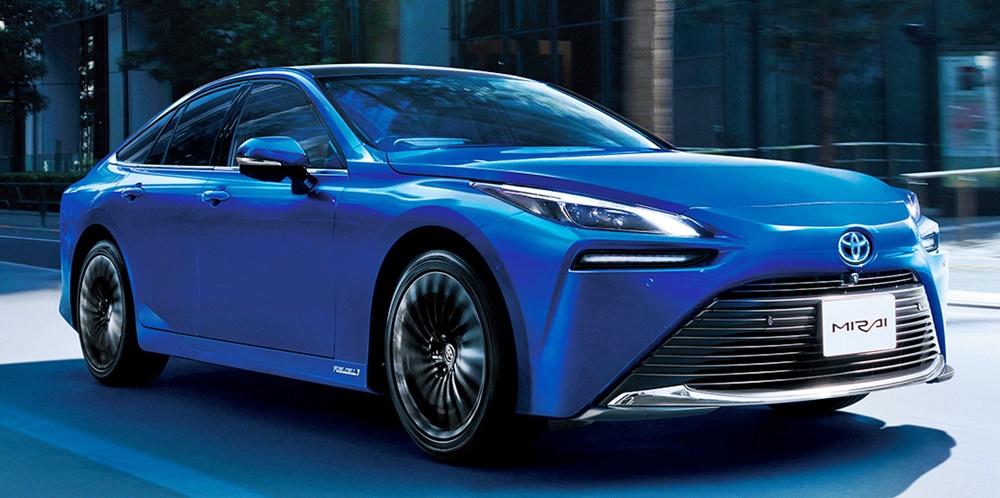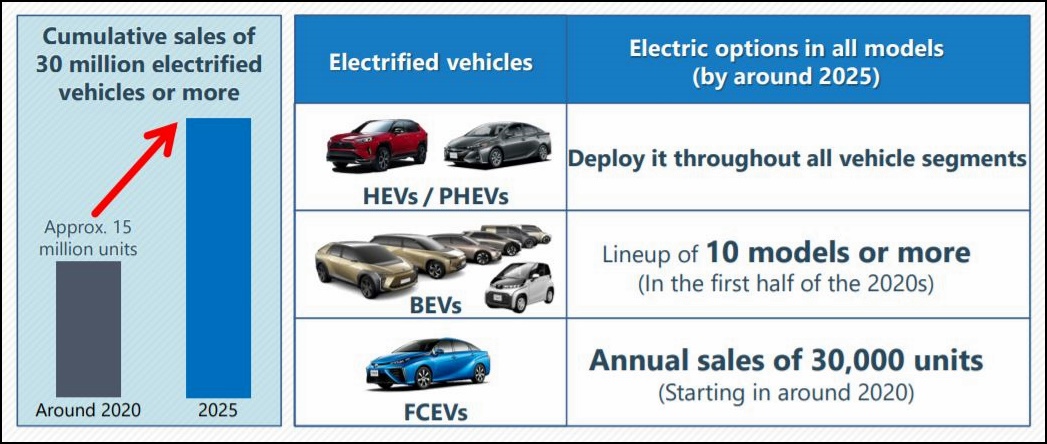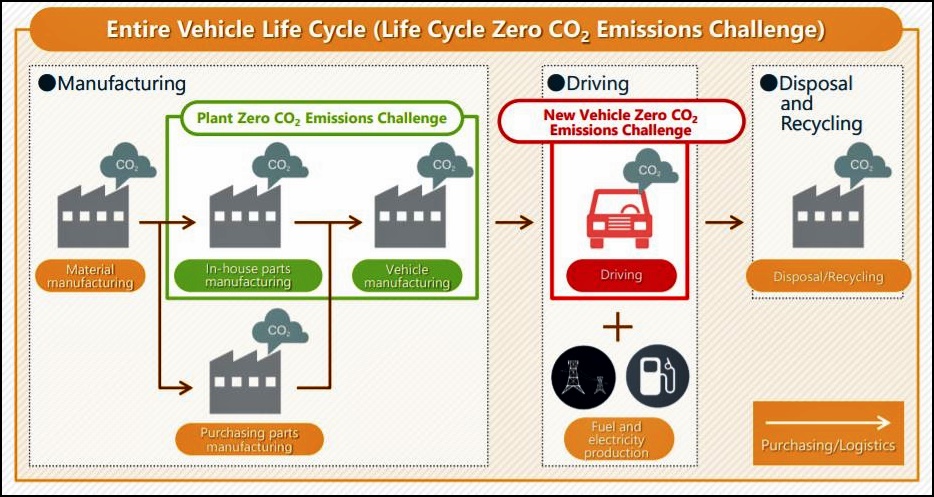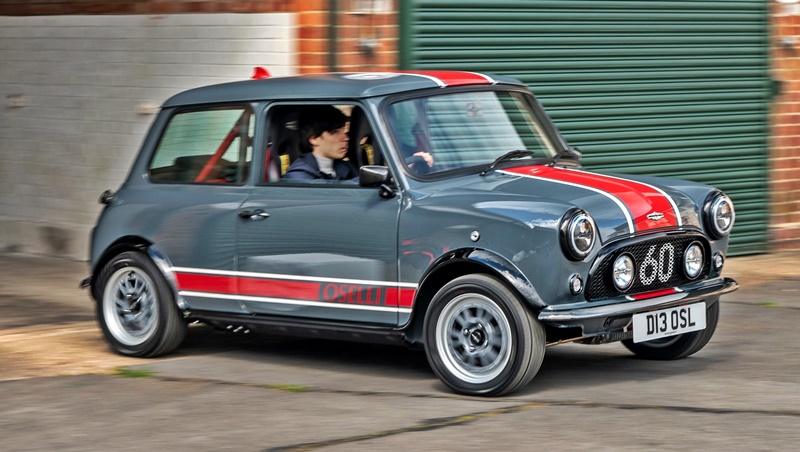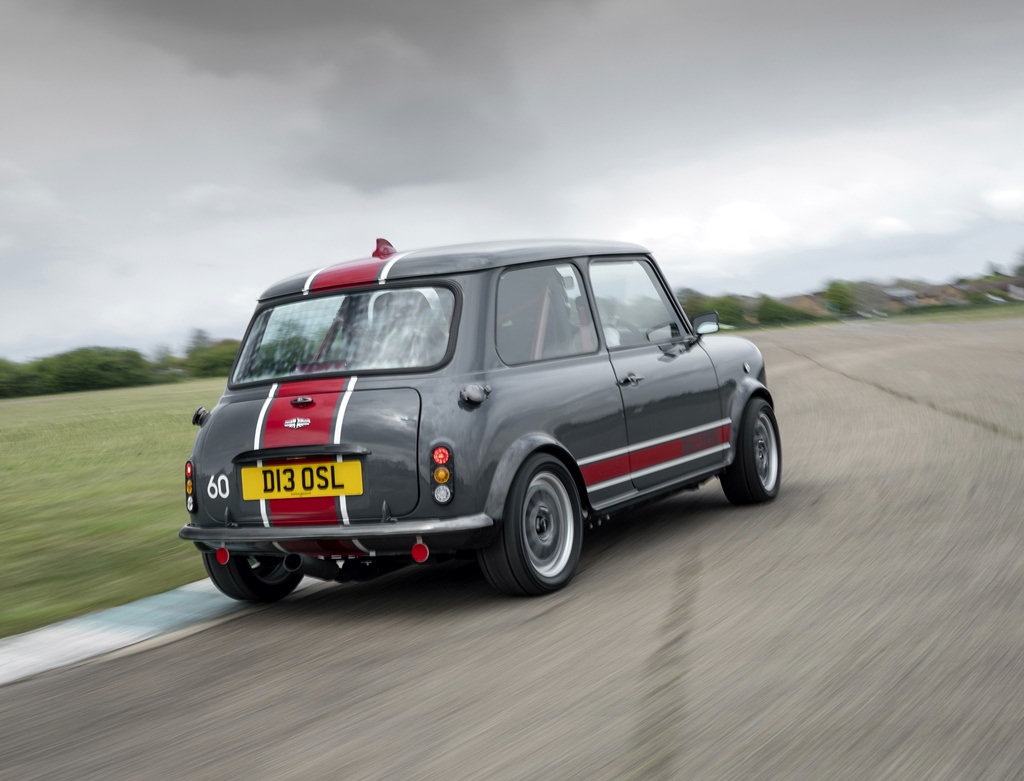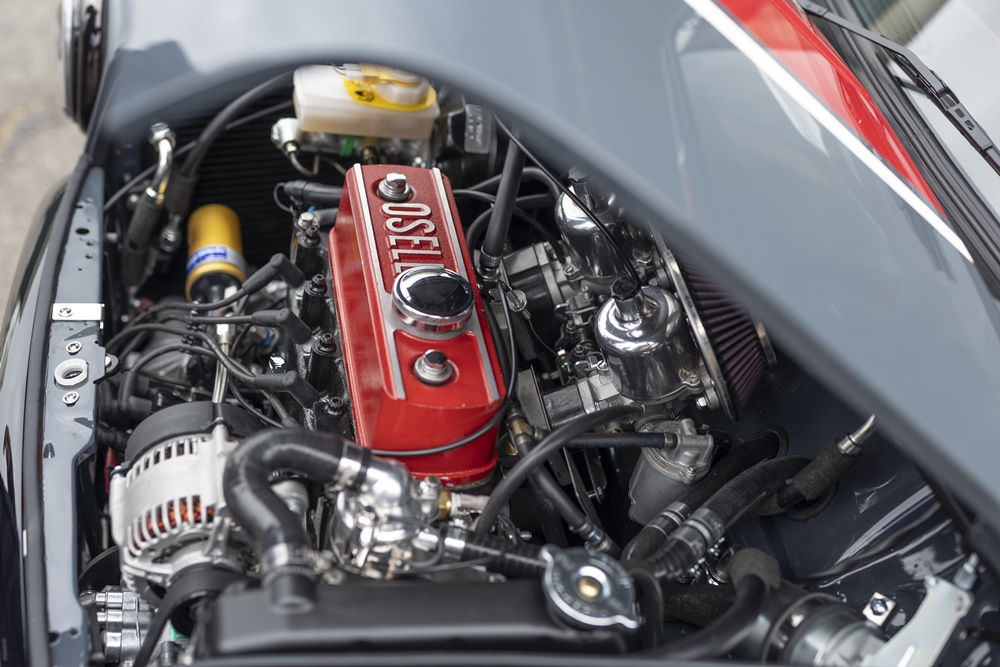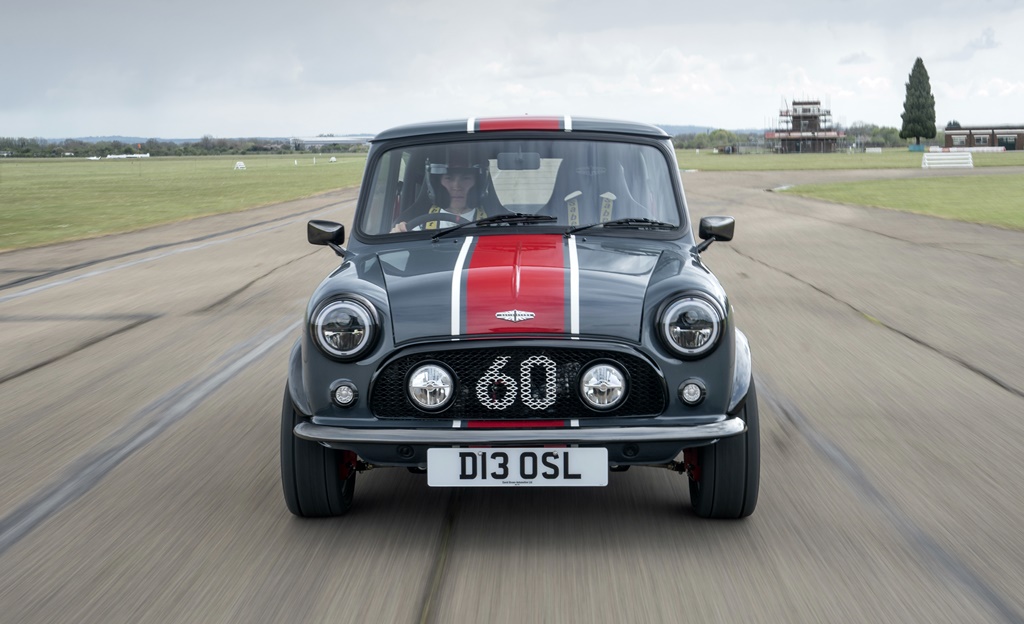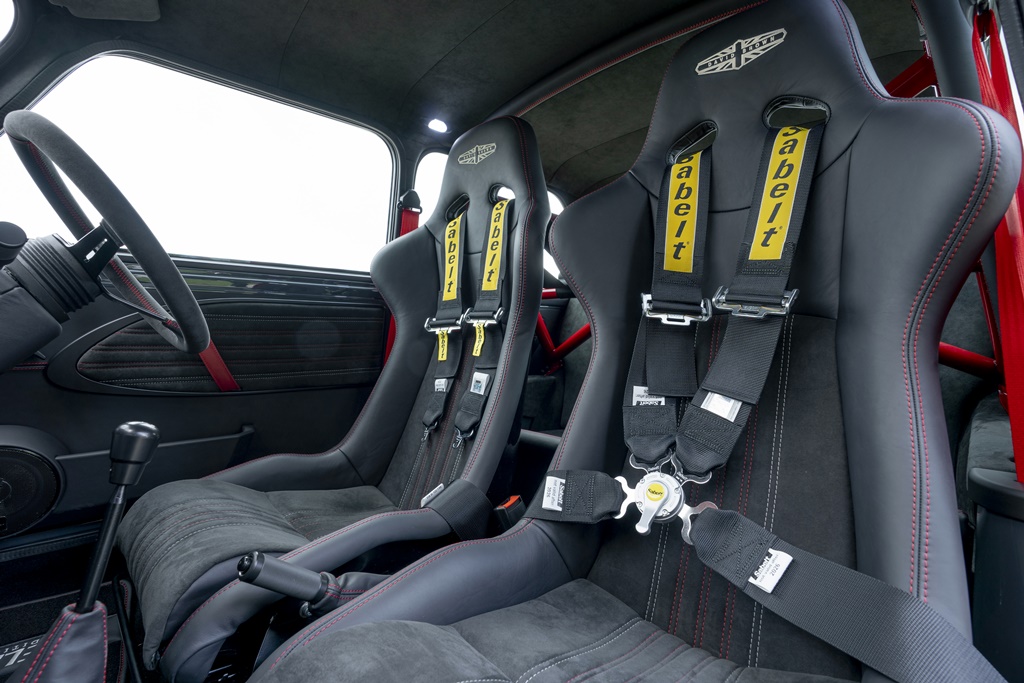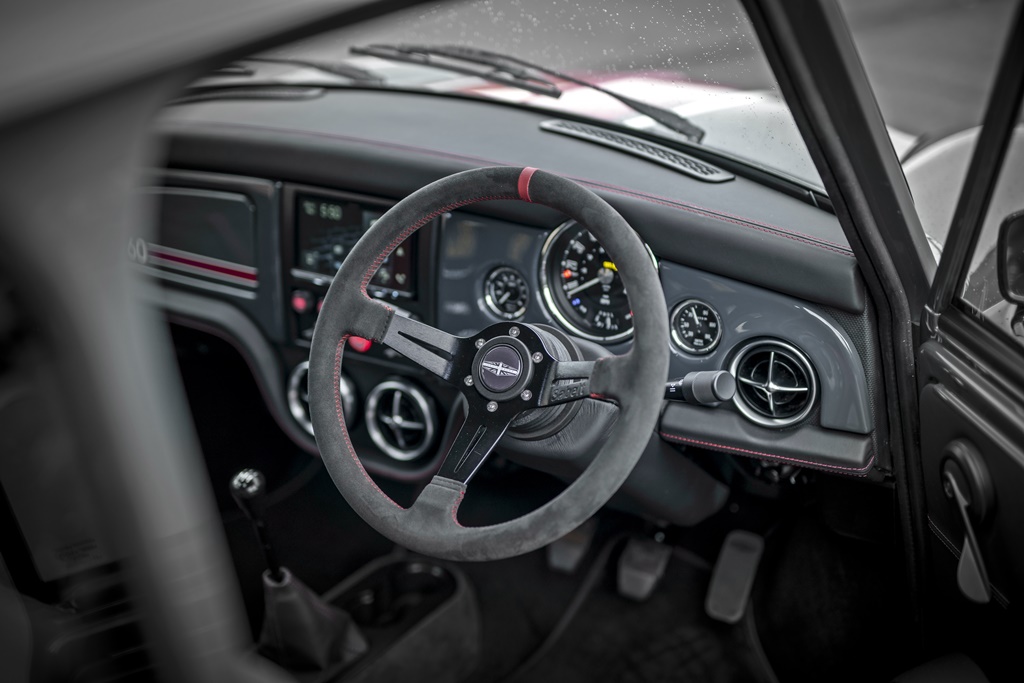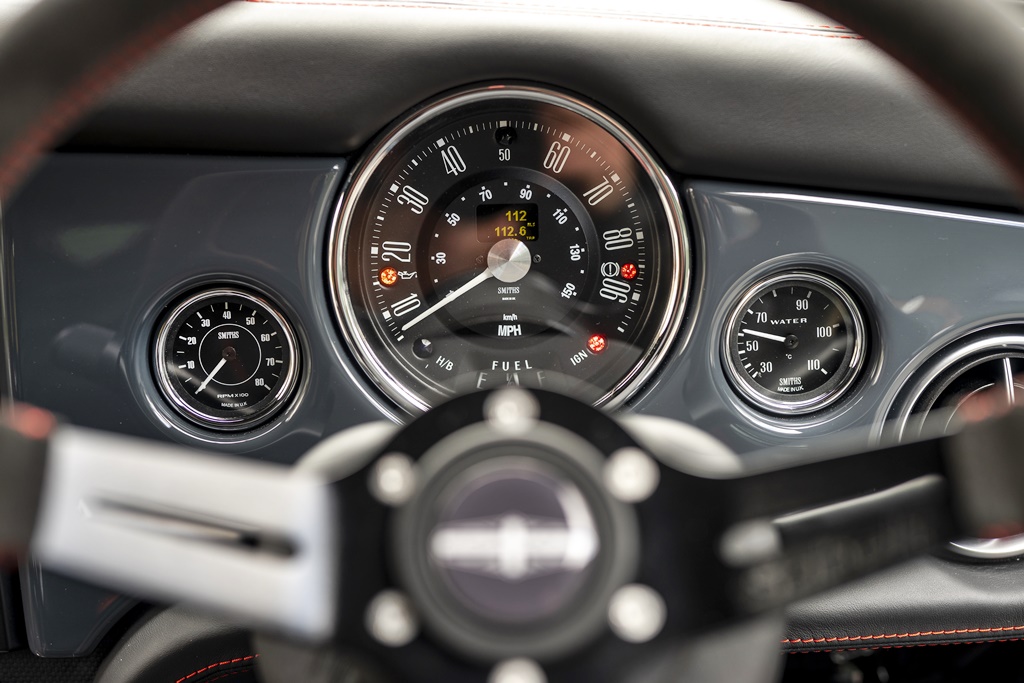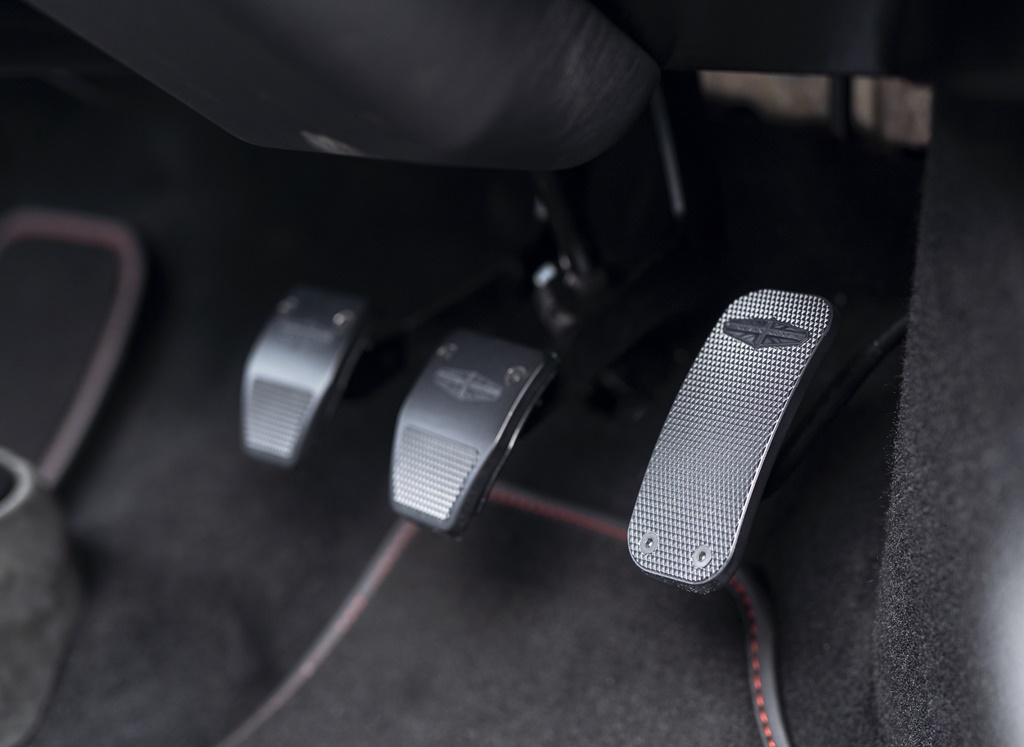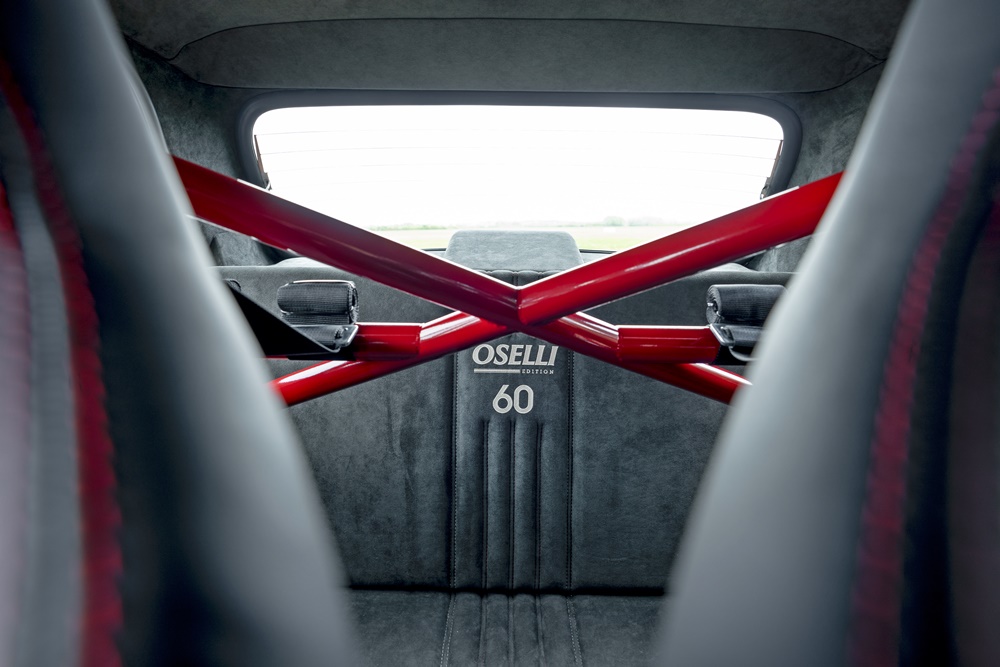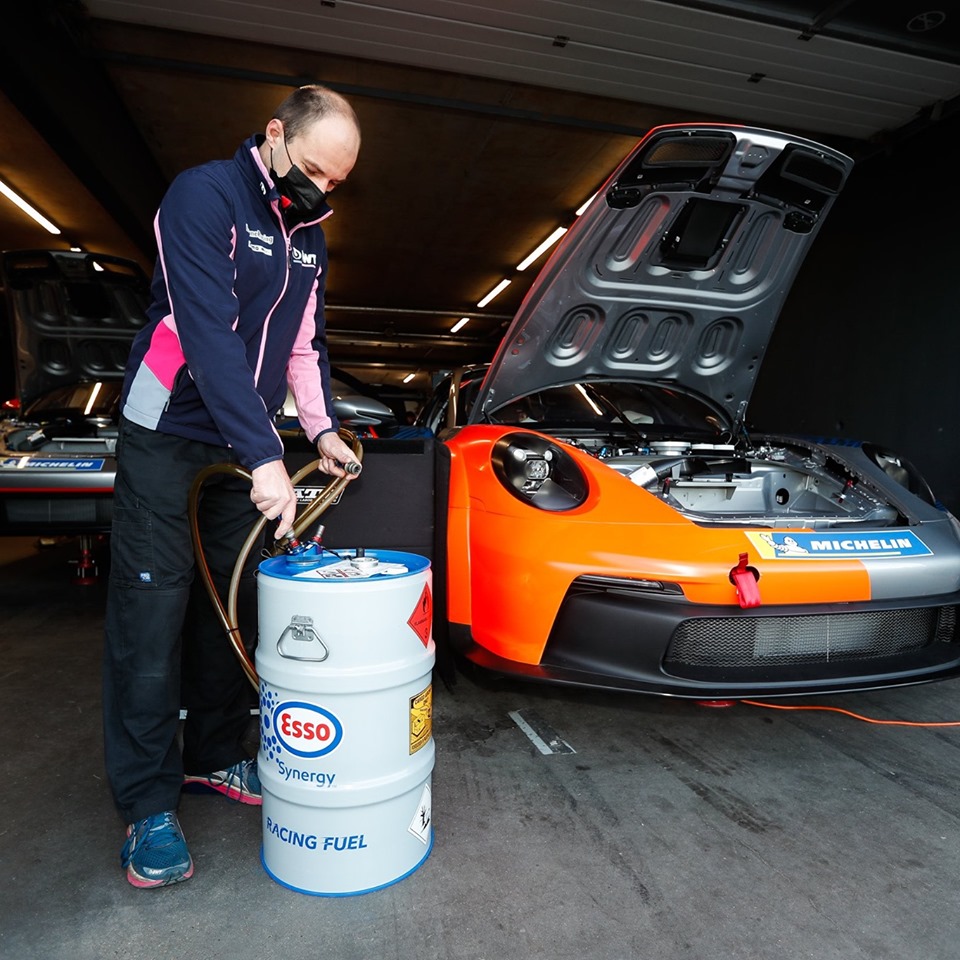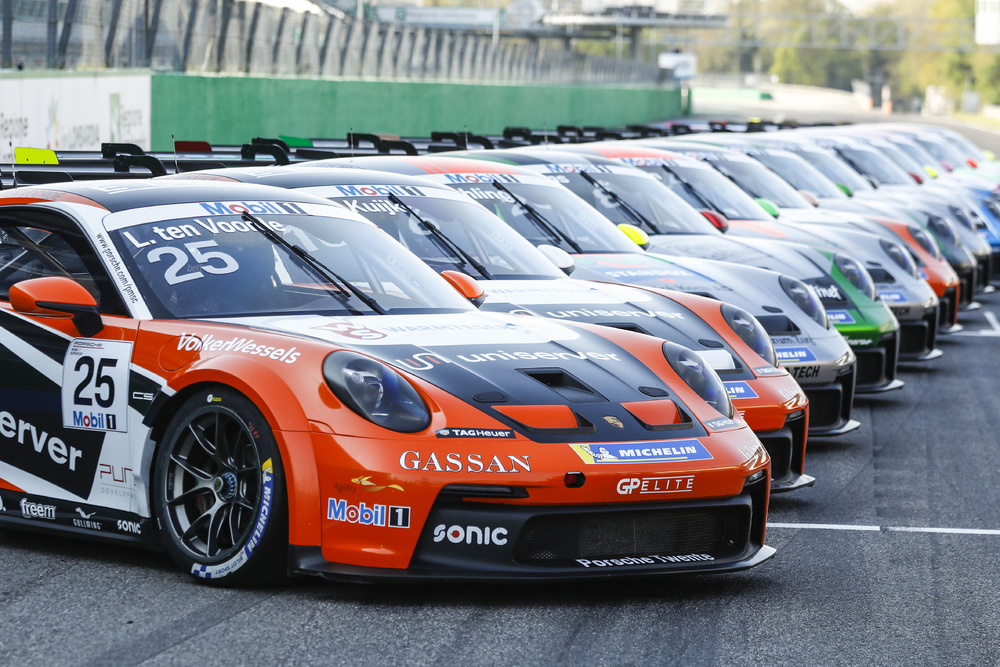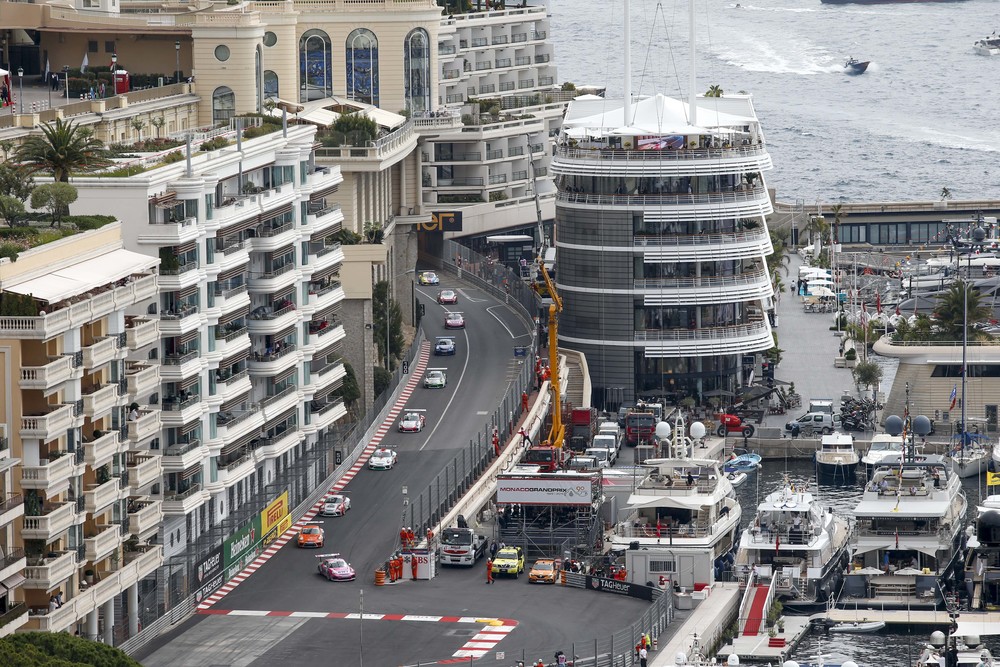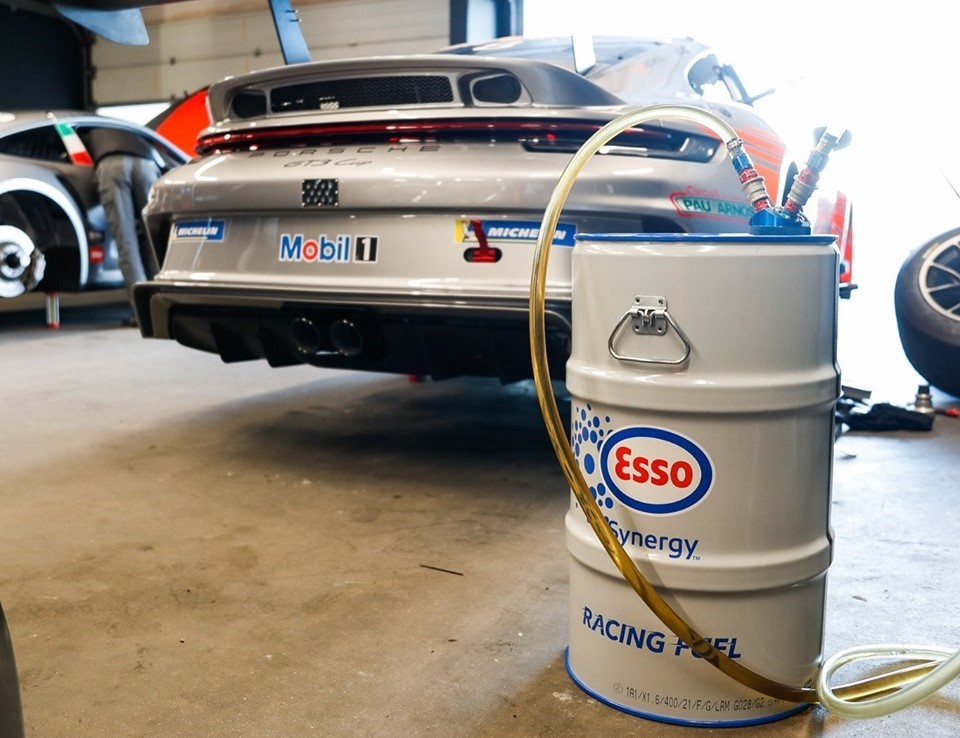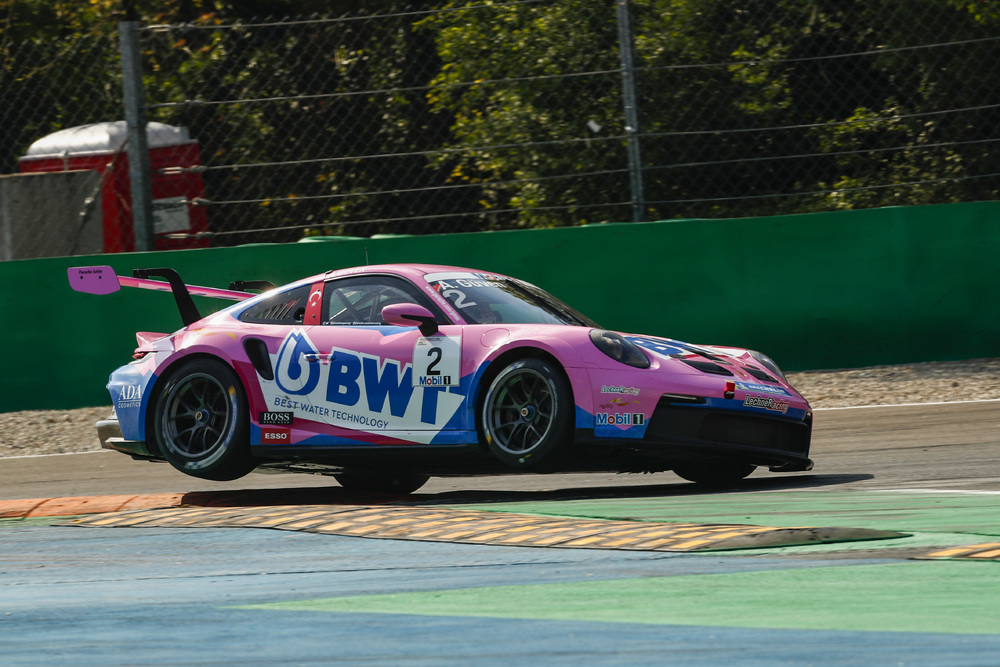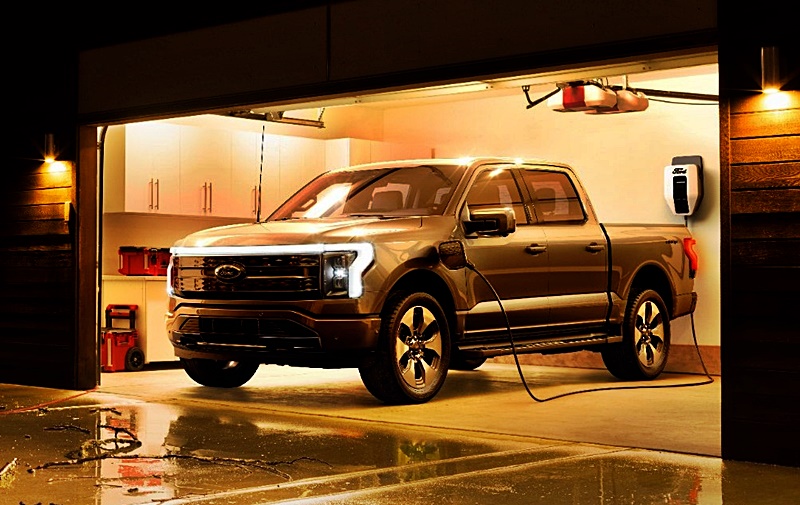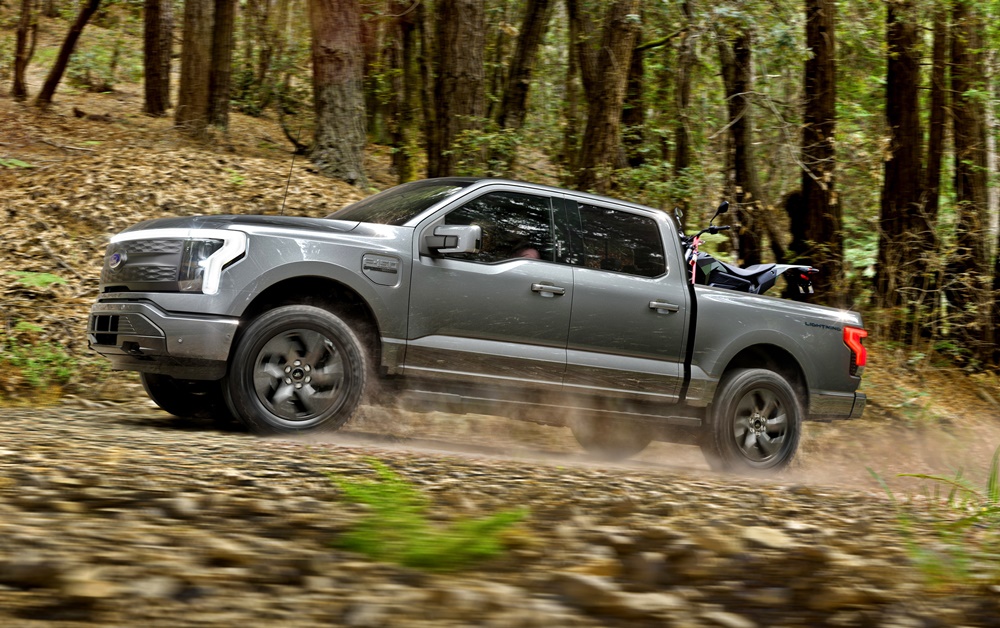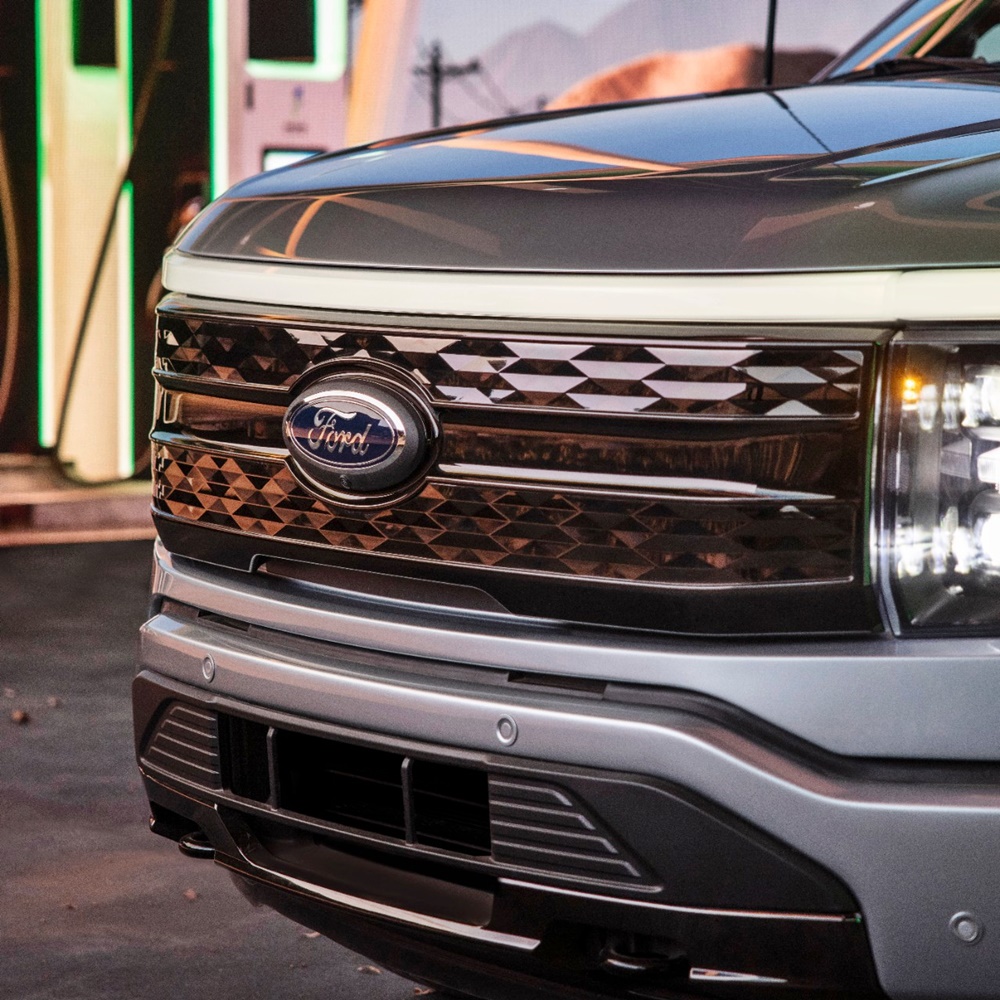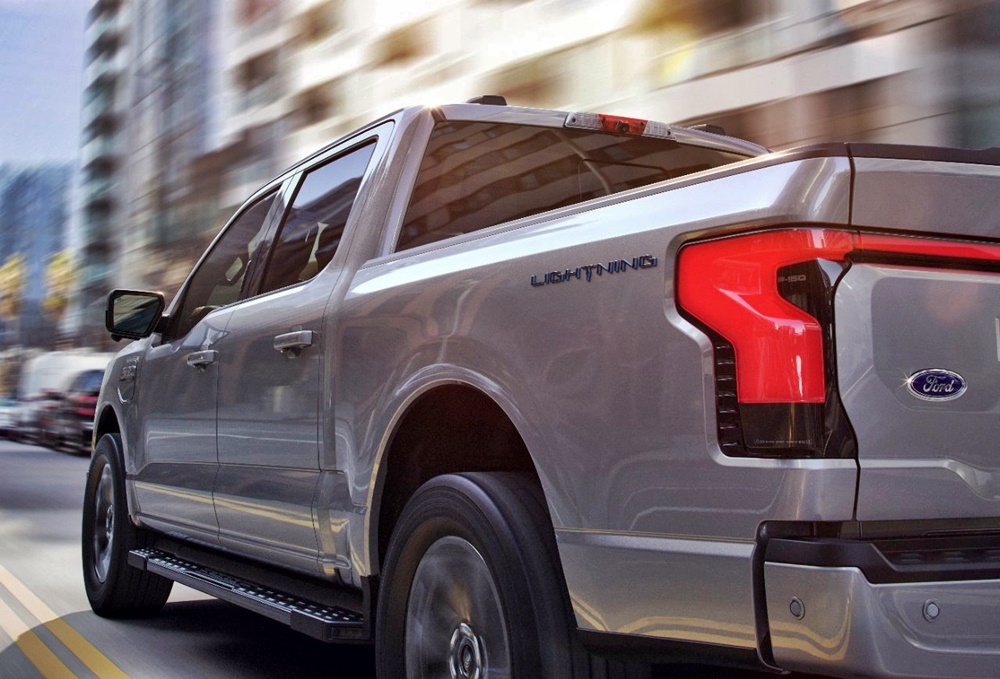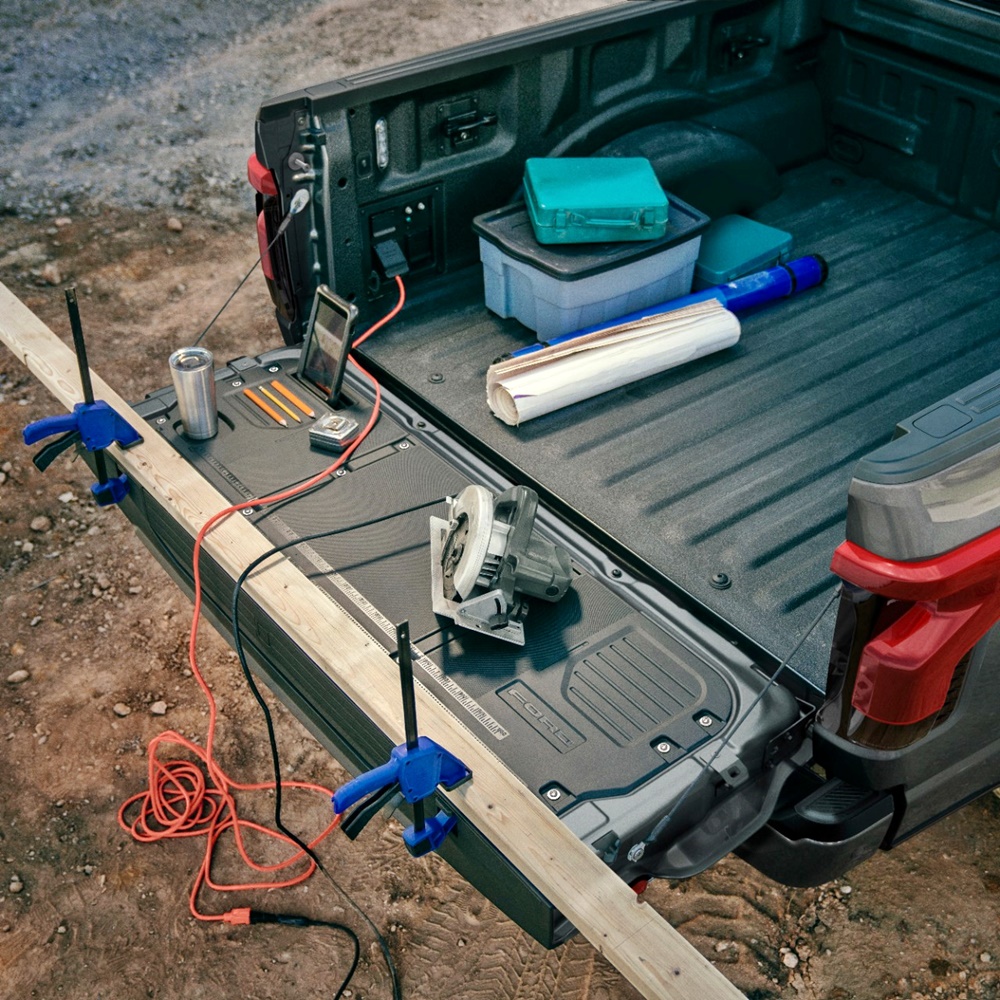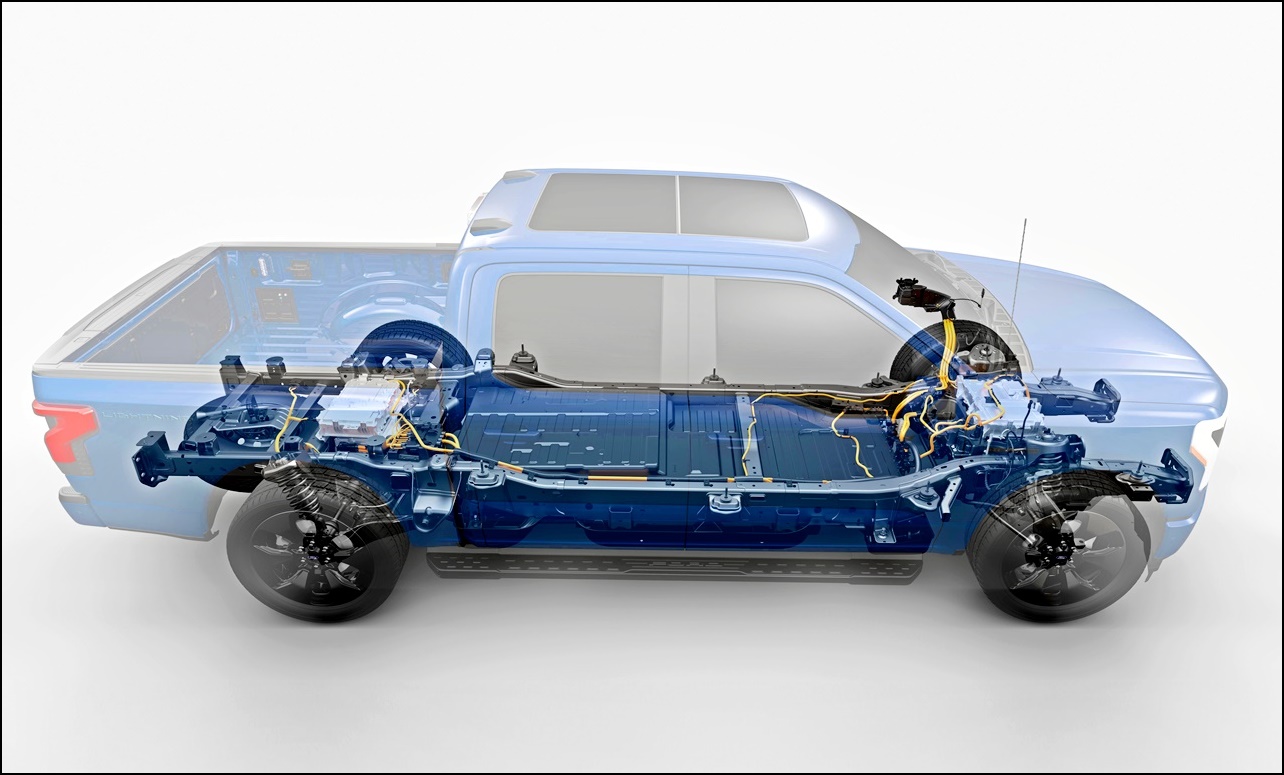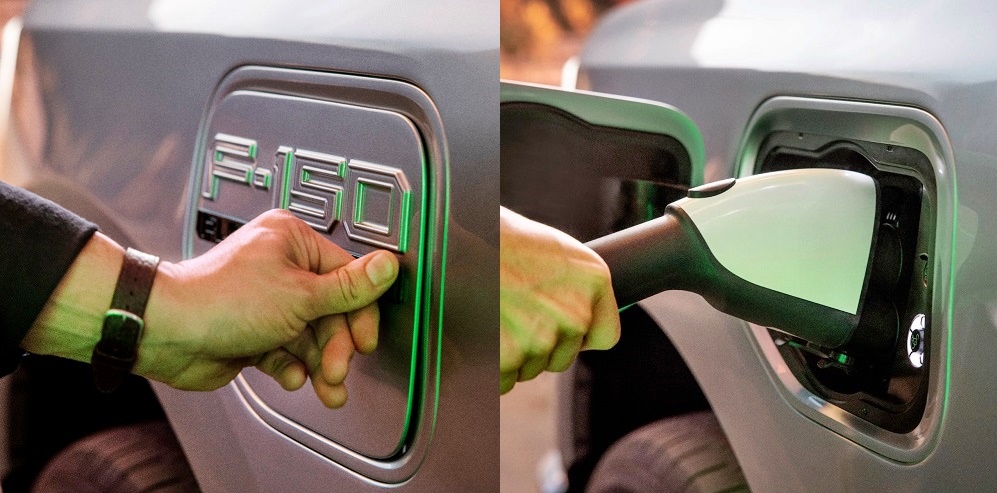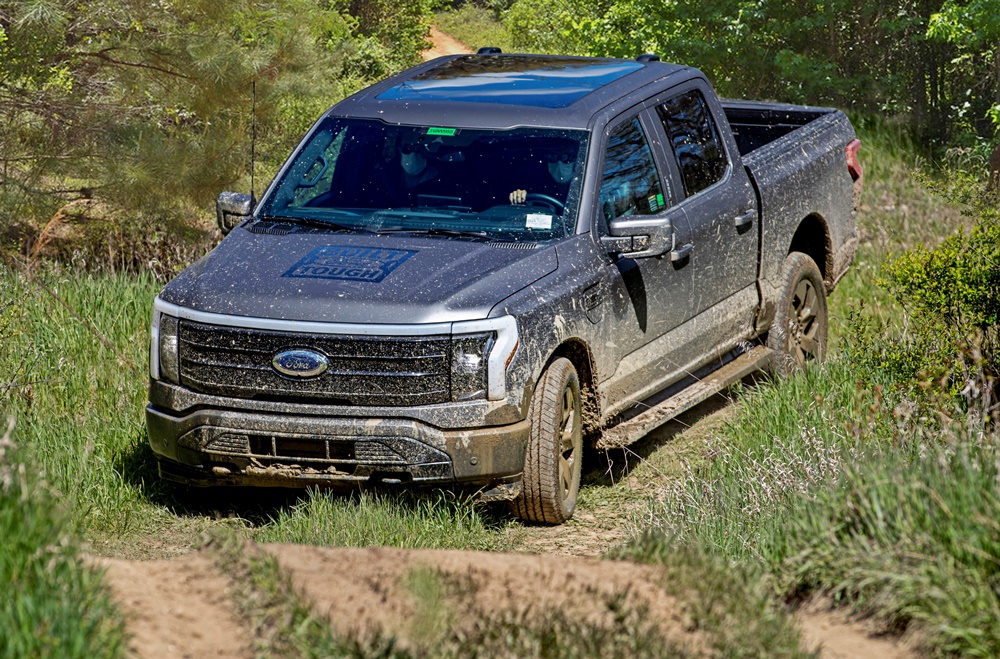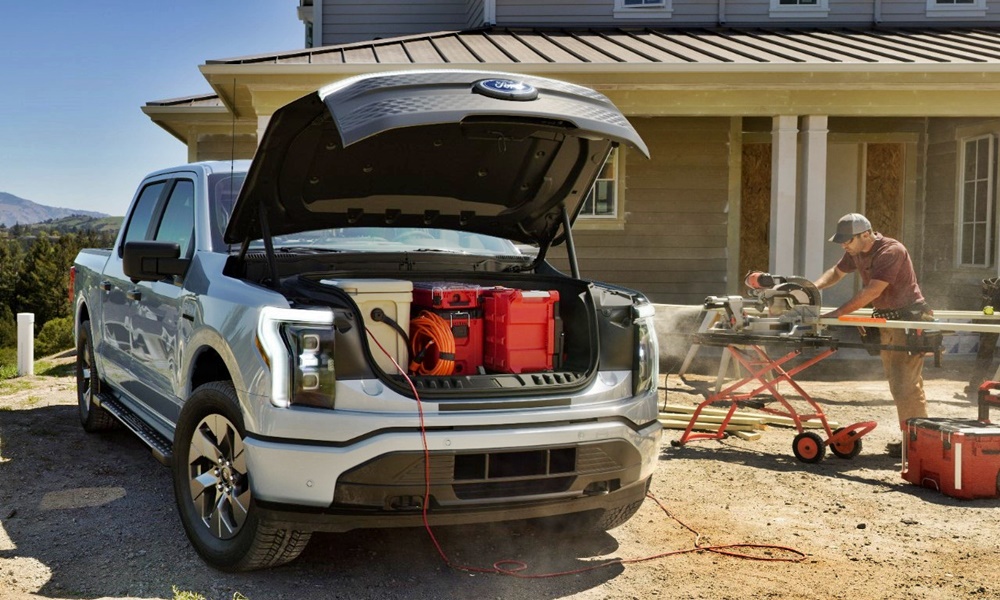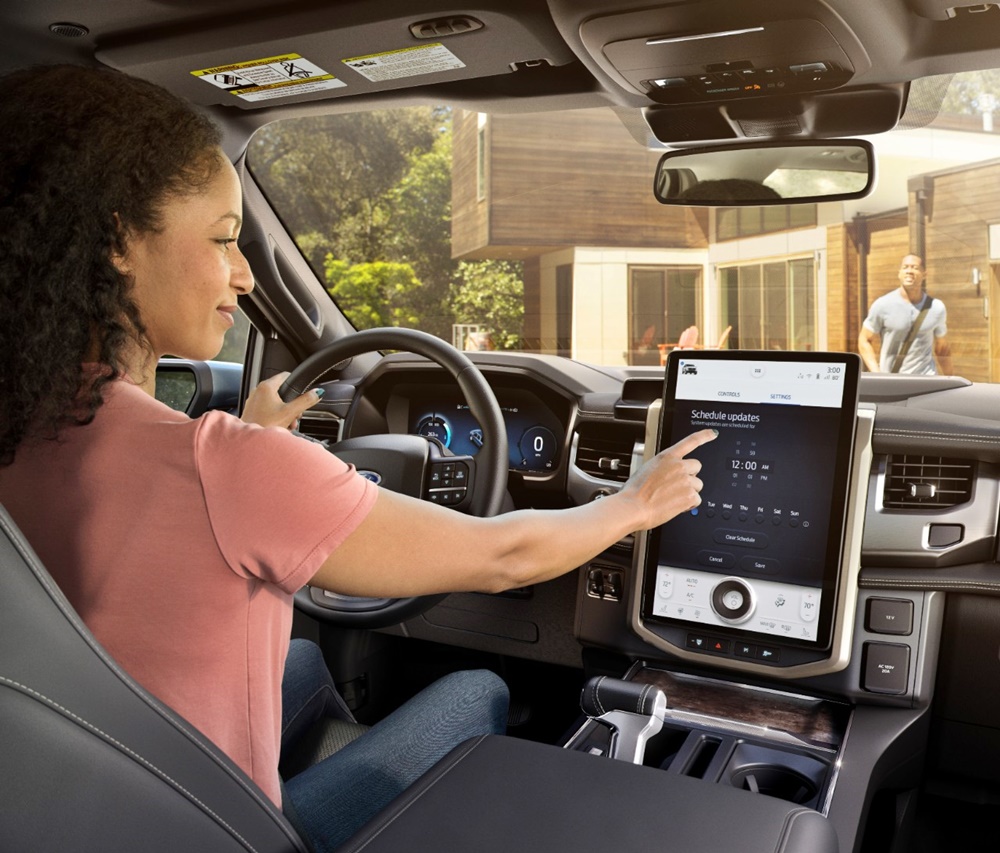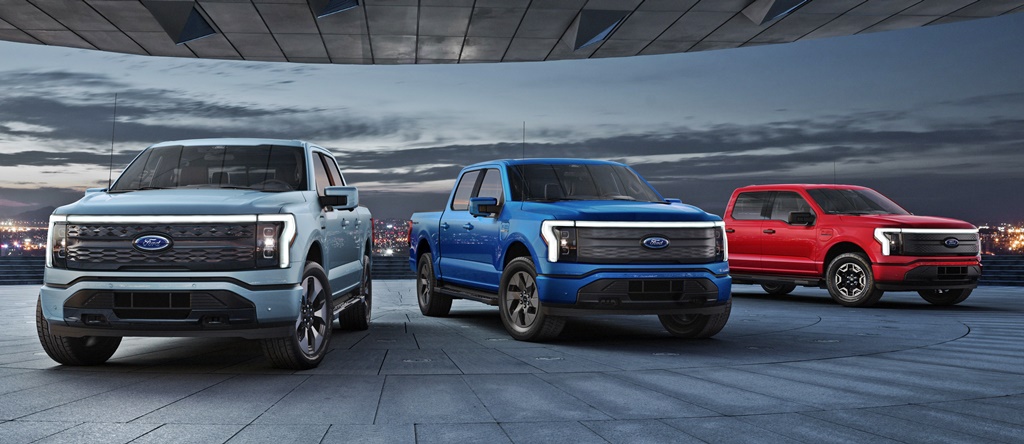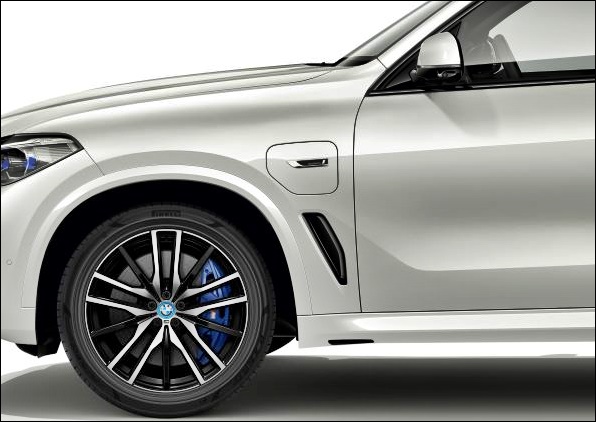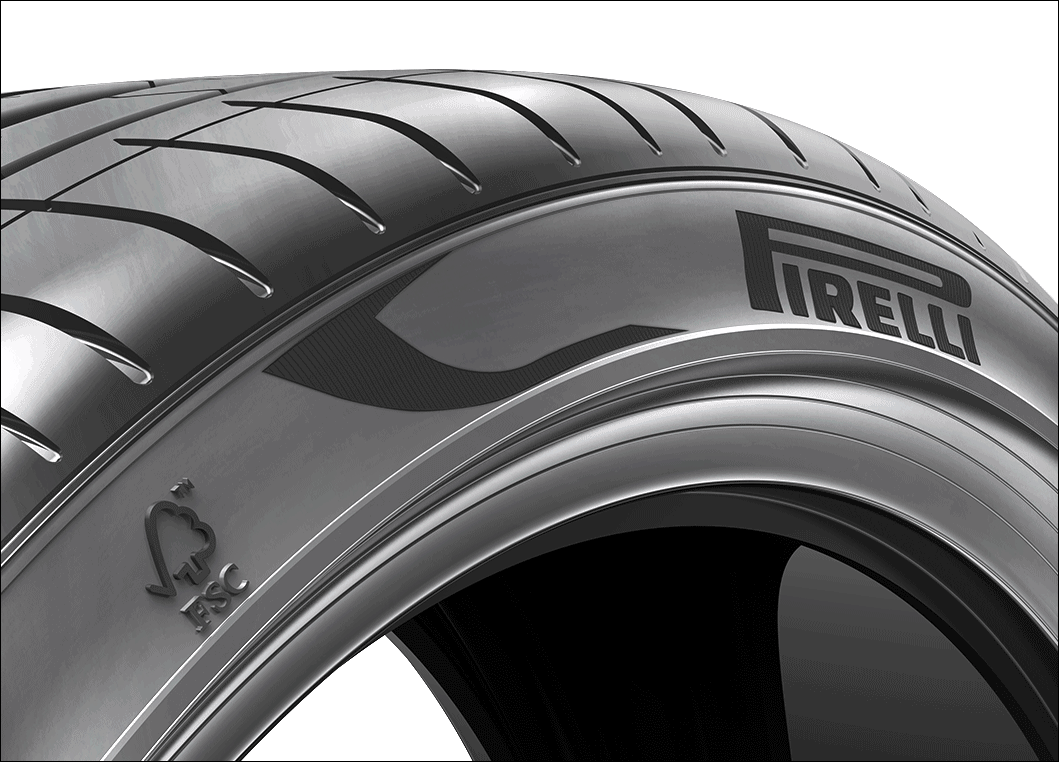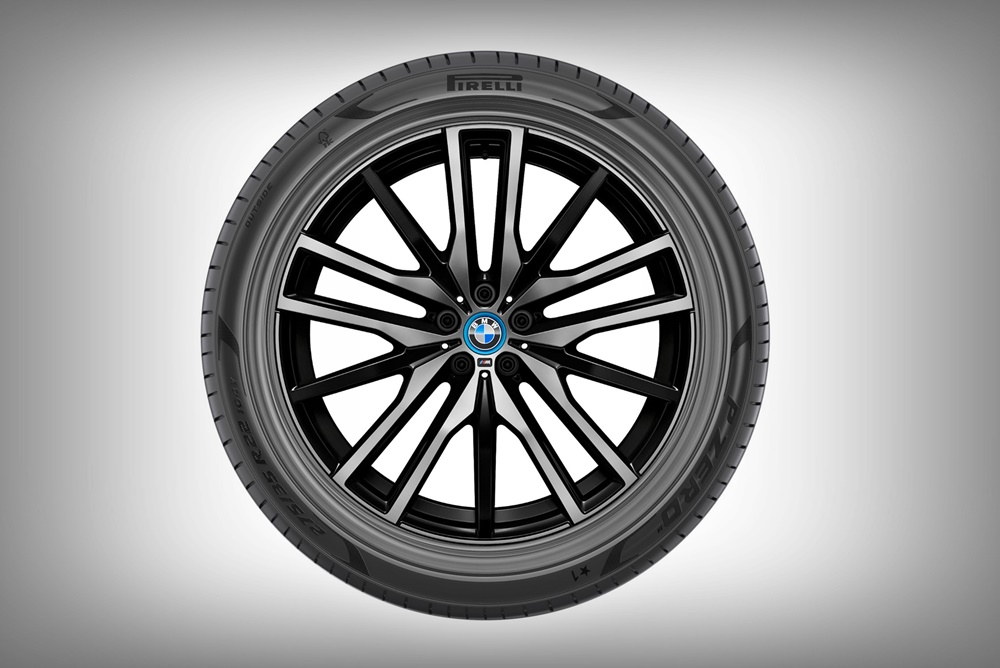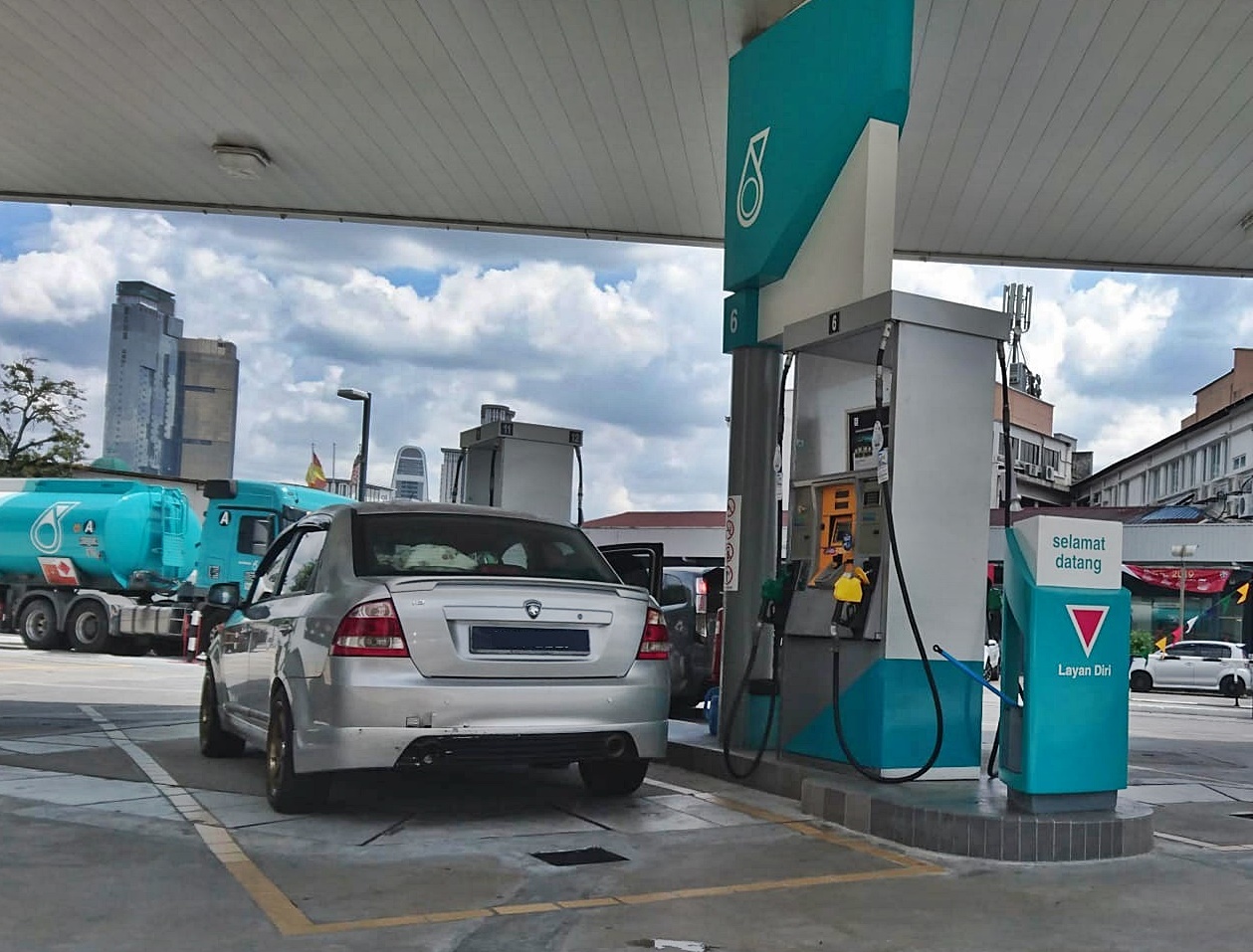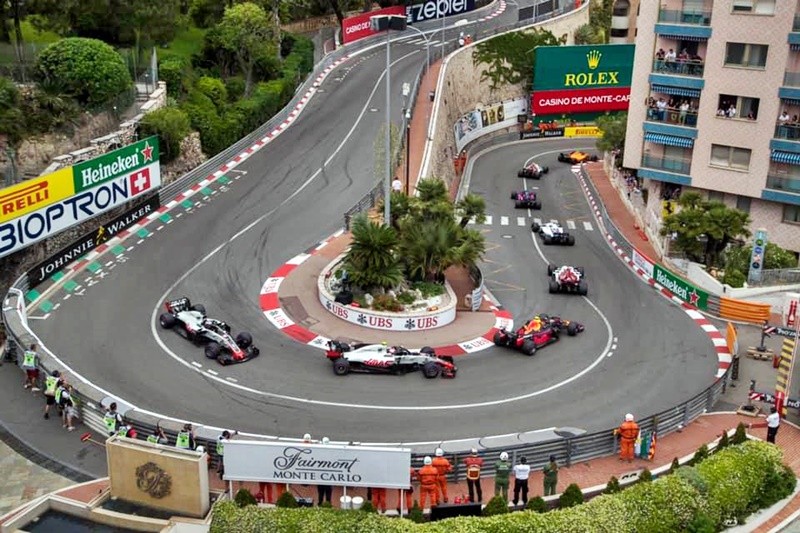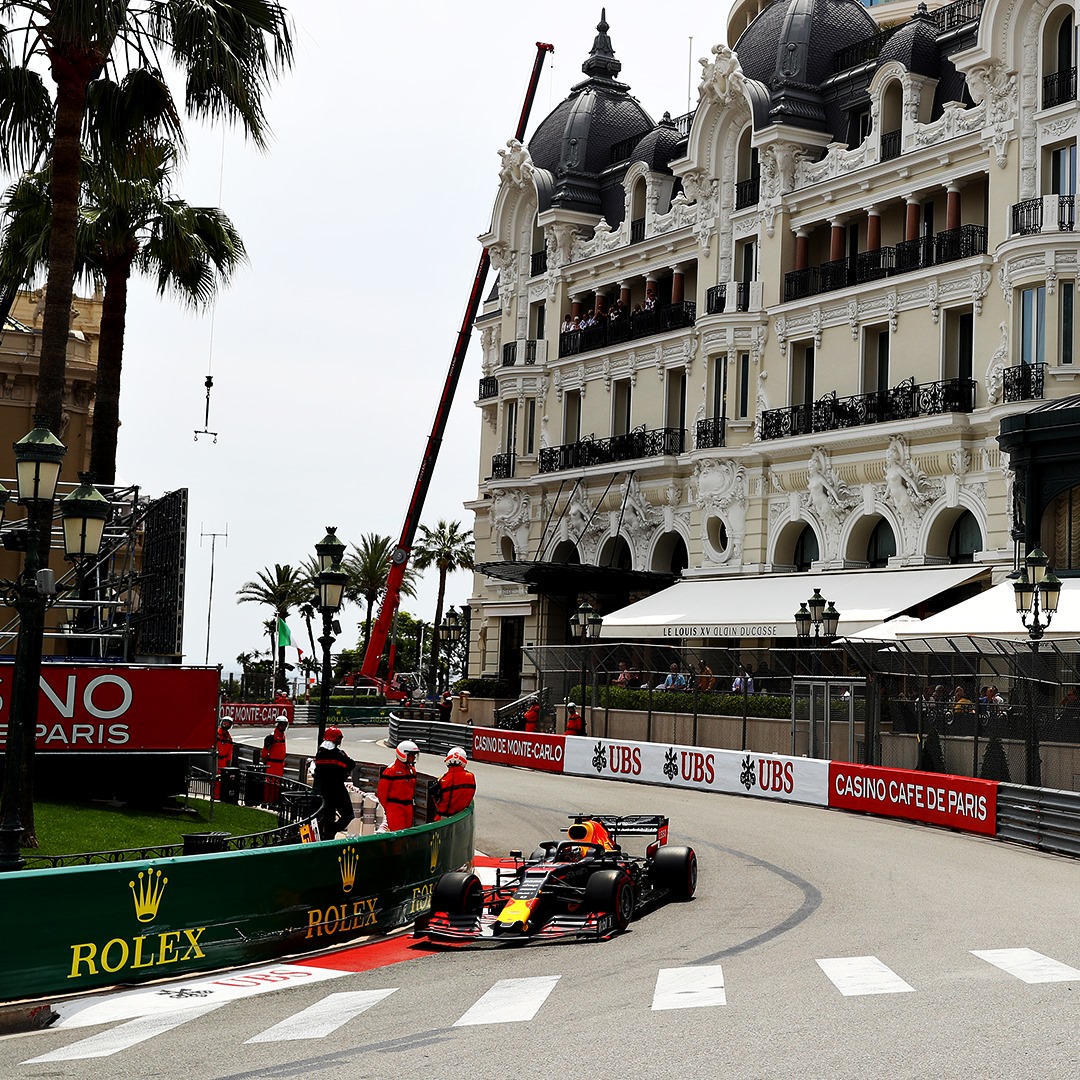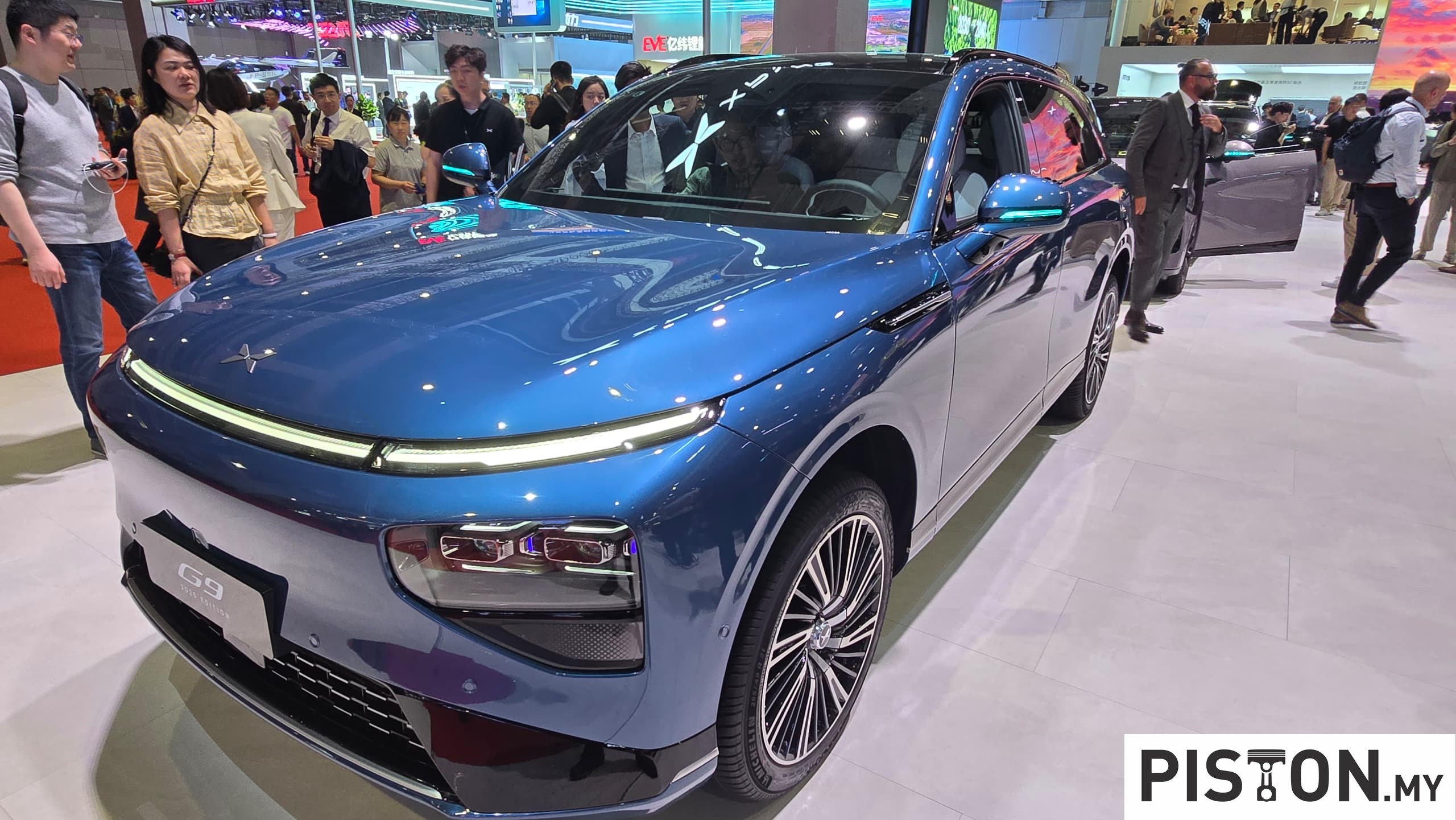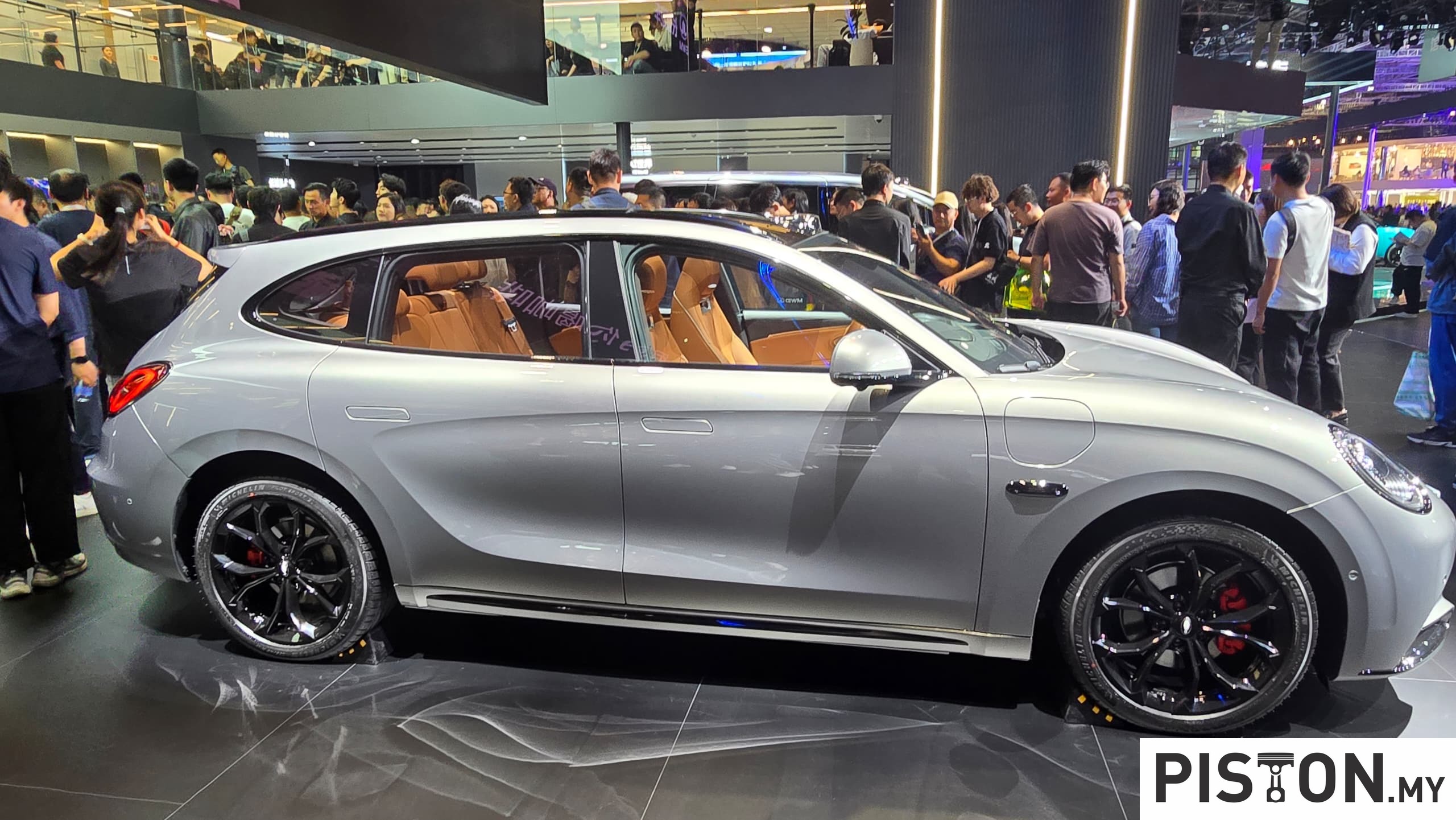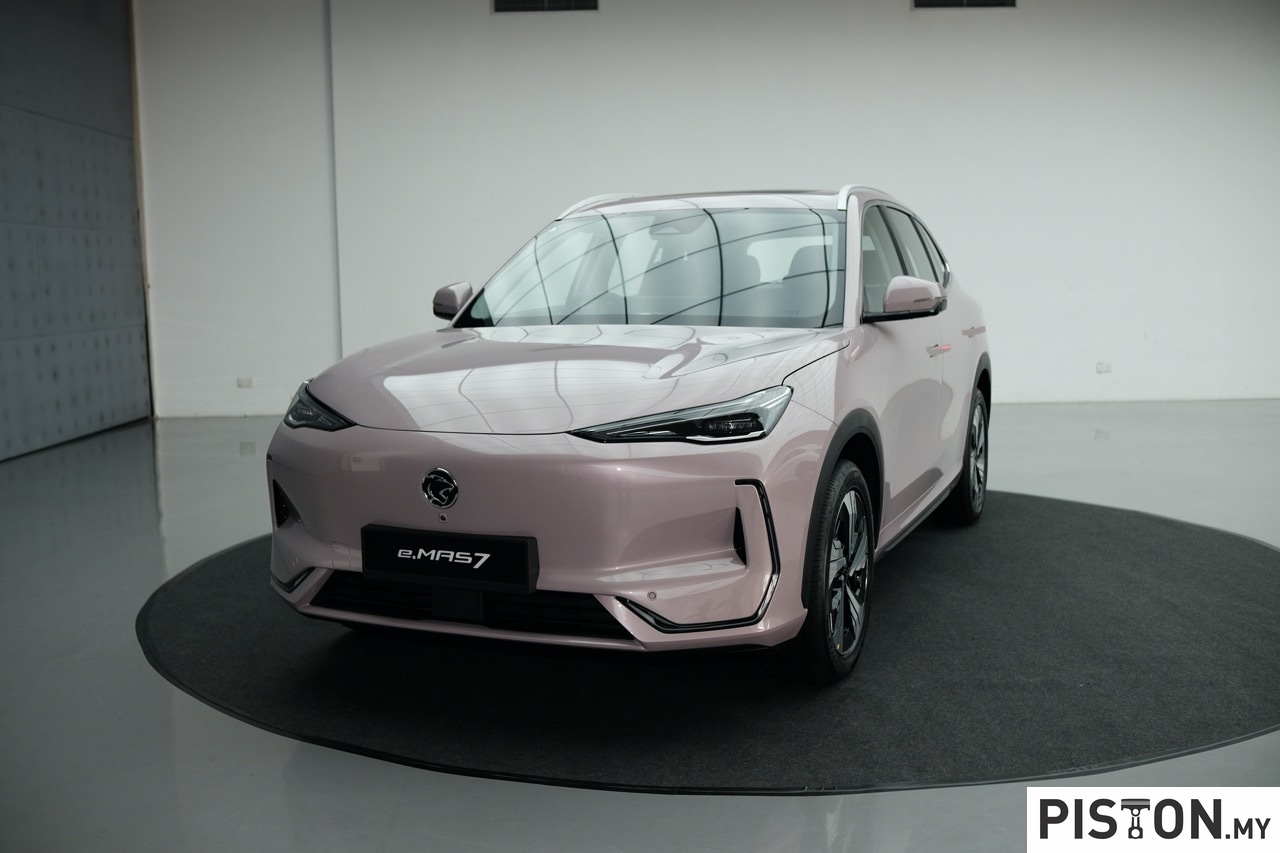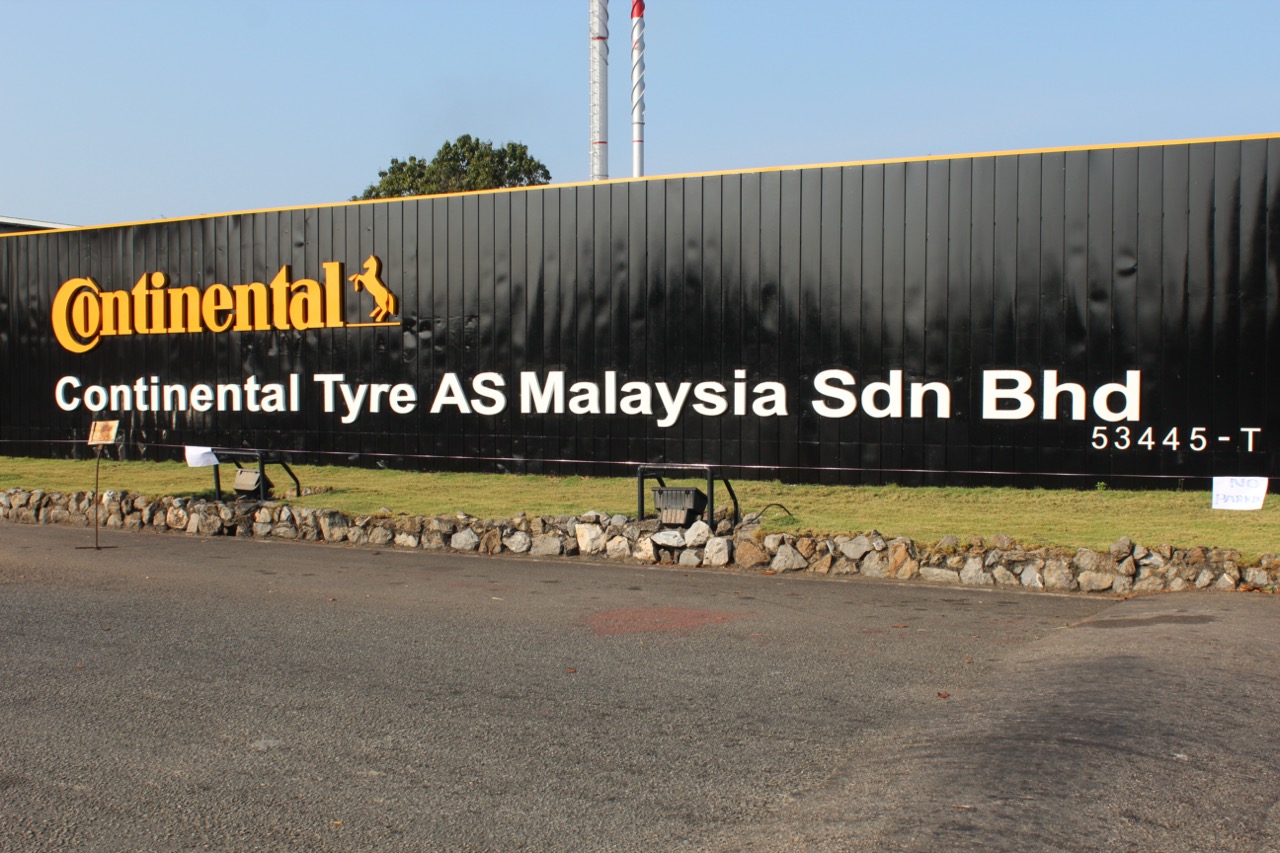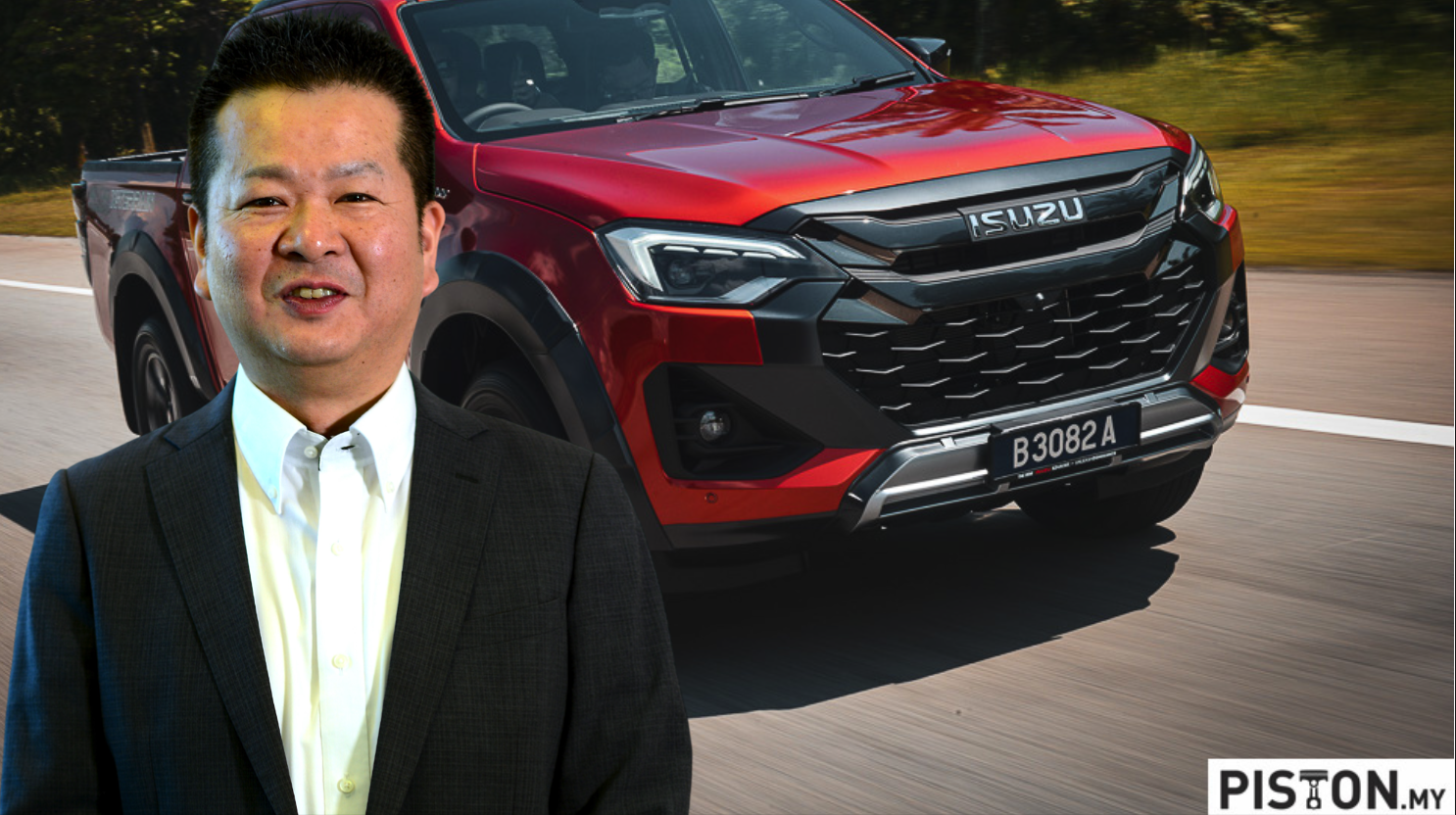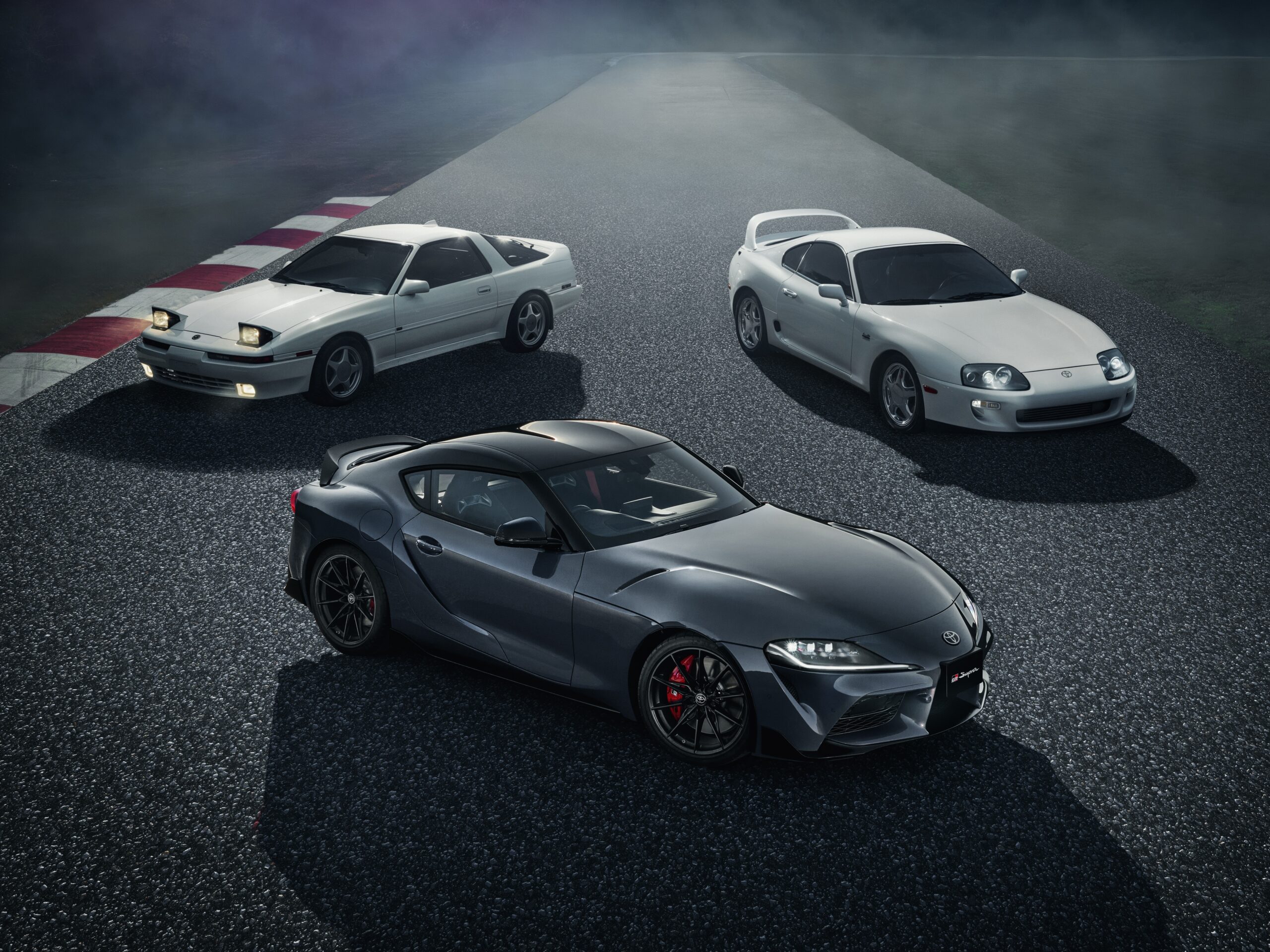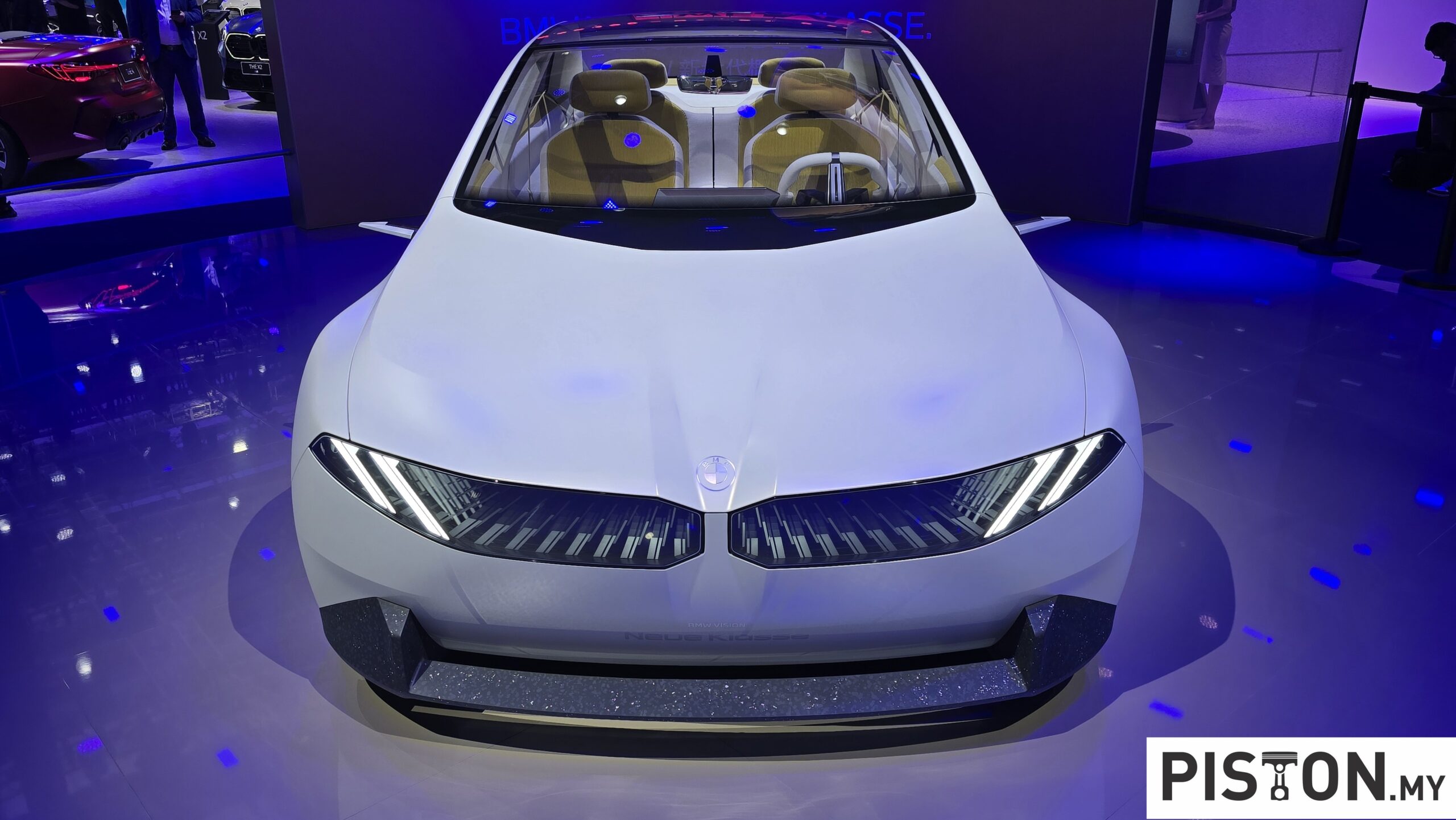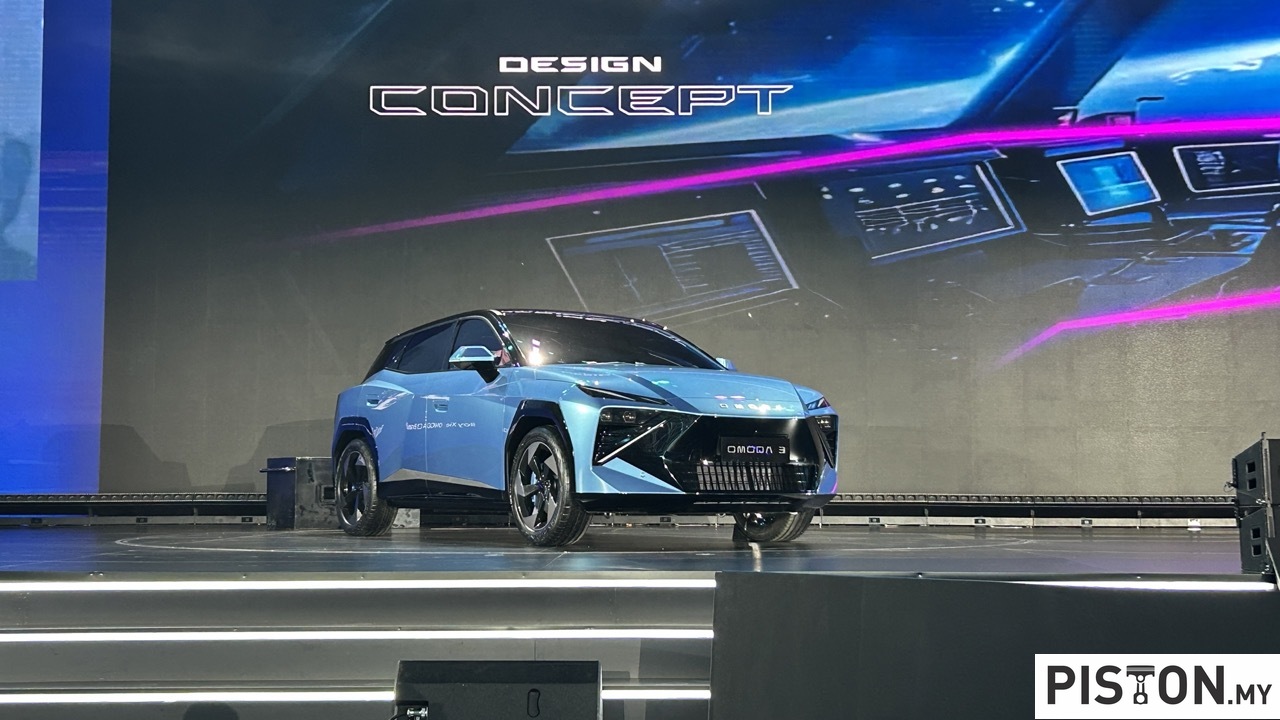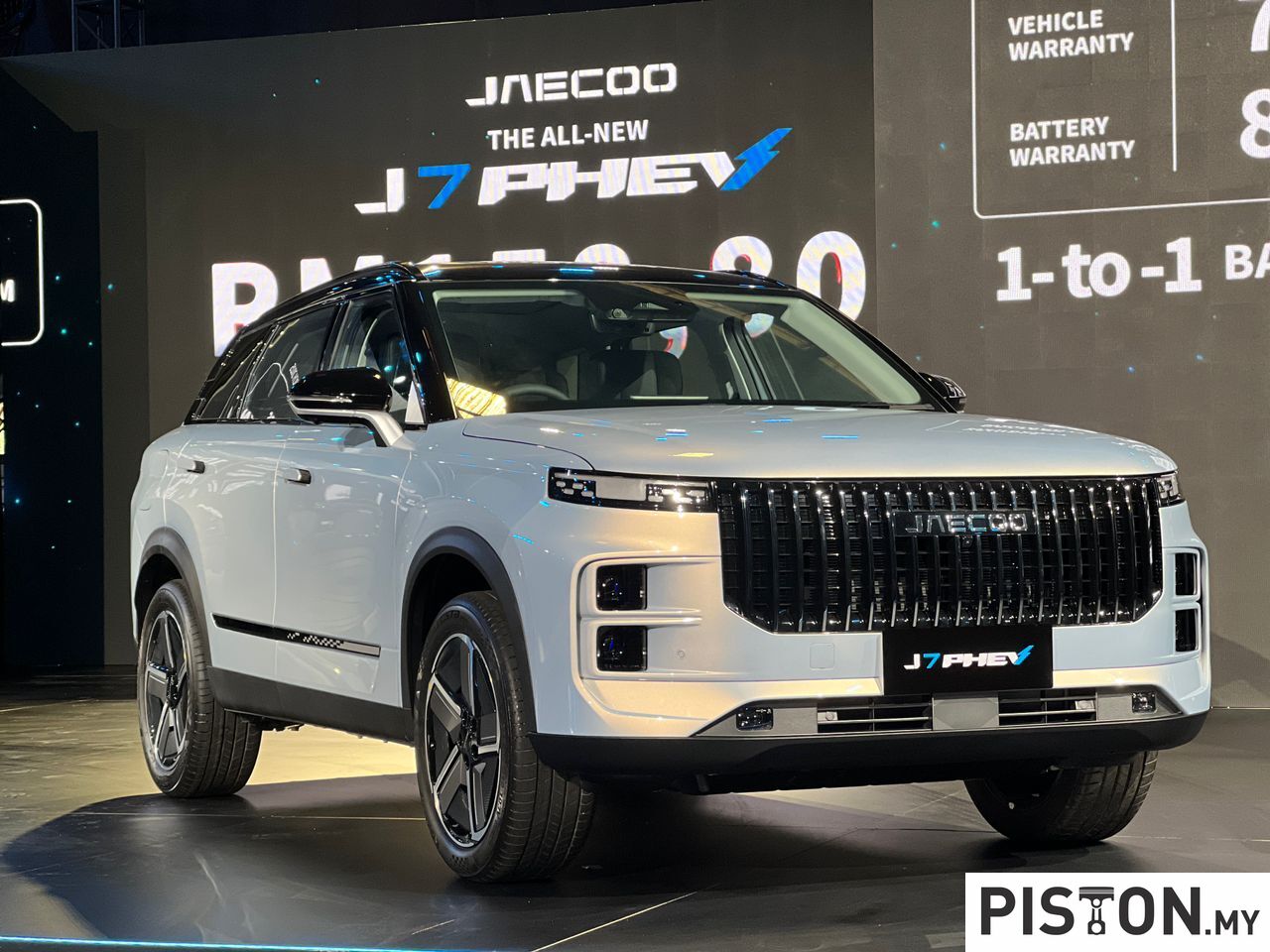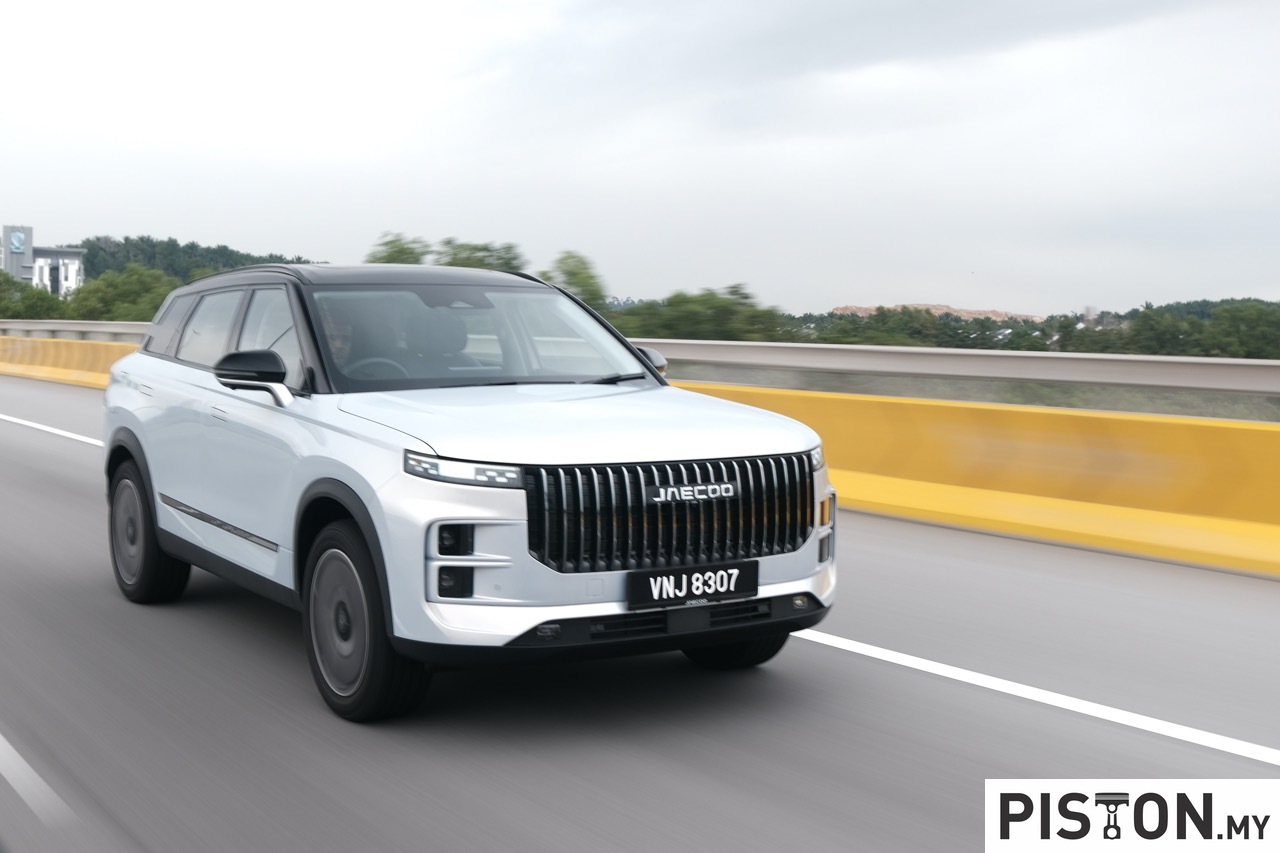Race starts at 3 pm in Monaco/9 pm in Malaysia
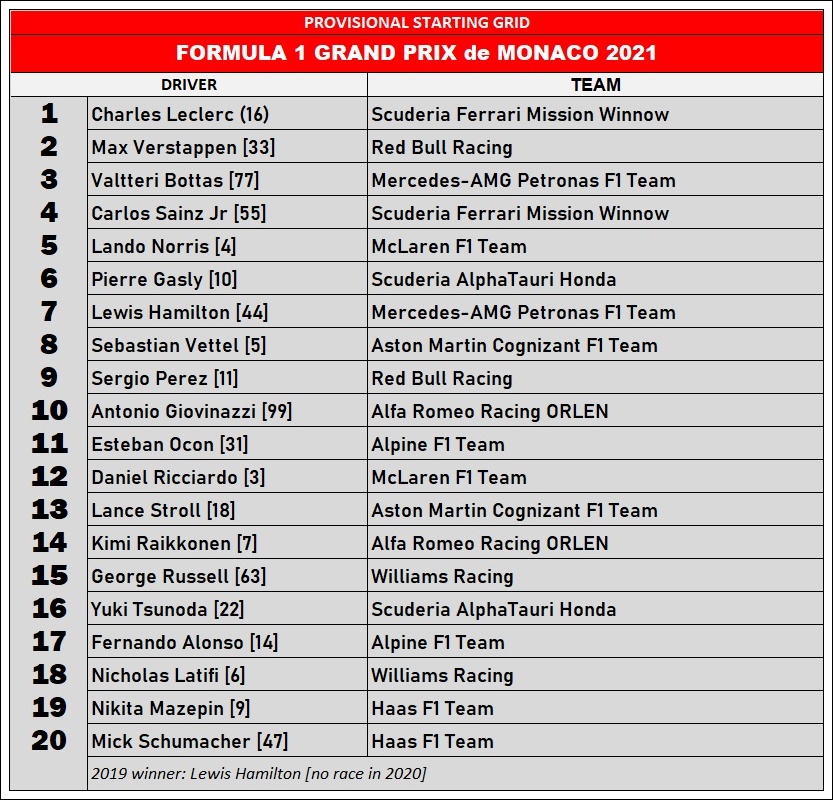
After a forced cancellation last year due to the COVID-19 pandemic, the Formula 1 World Championship is able to return to the classic street circuit of Monaco this year for the fifth round. This will be the 67th Monaco Grand Prix since the first one was held in 1950 as the second round of the inaugural Formula 1 World Championship. Although it was not run in the first half of the 1950s, when it resumed as a venue on the calendar, it would remain there every year with 2020 being the first time that there was no Monaco GP.
The Monaco circuit runs around the seaside resort city and is narrow with many tight turns, but the drivers love it. It is a challenging track with no run-offs, just concrete walls and barriers, and the relentless nature of the circuit is what makes it so special.
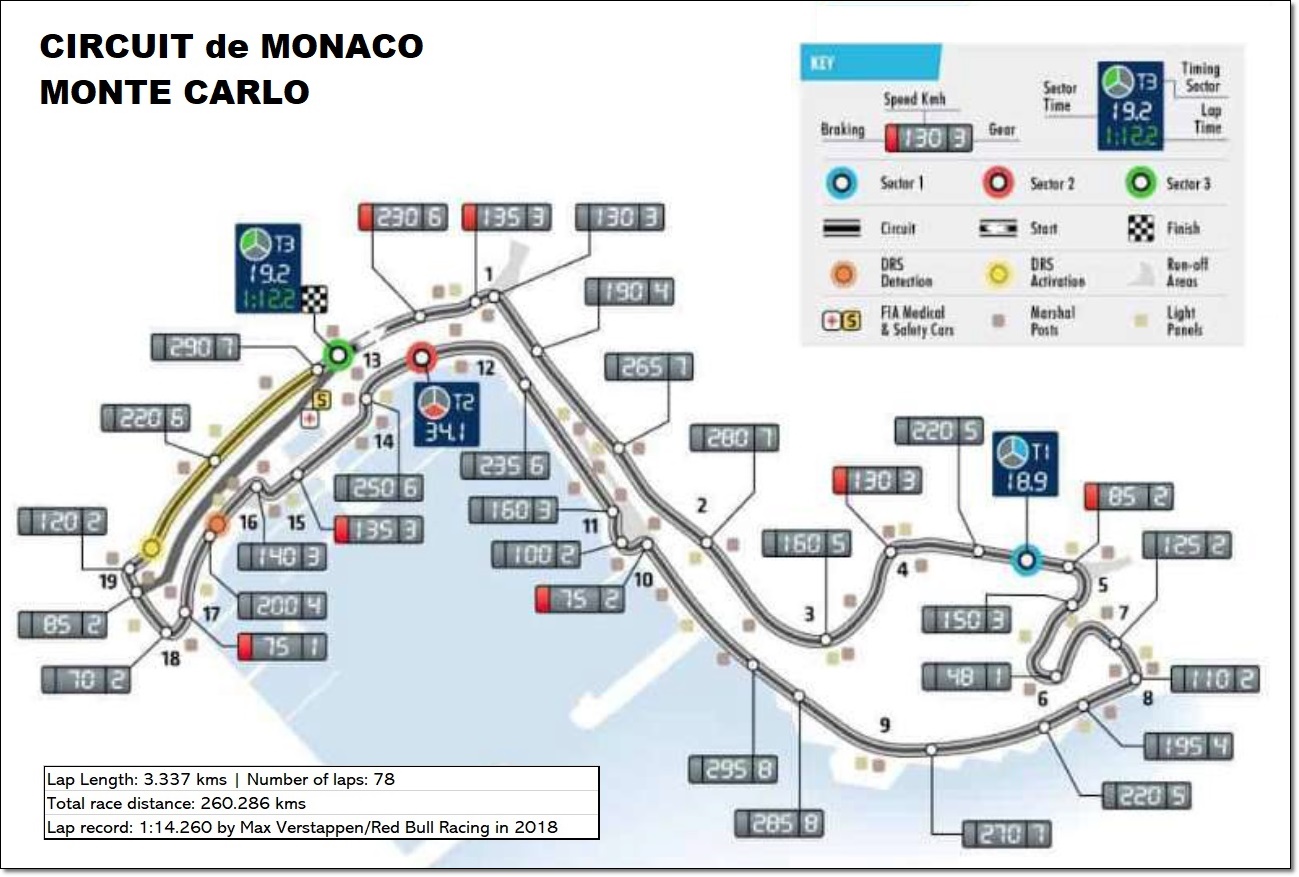
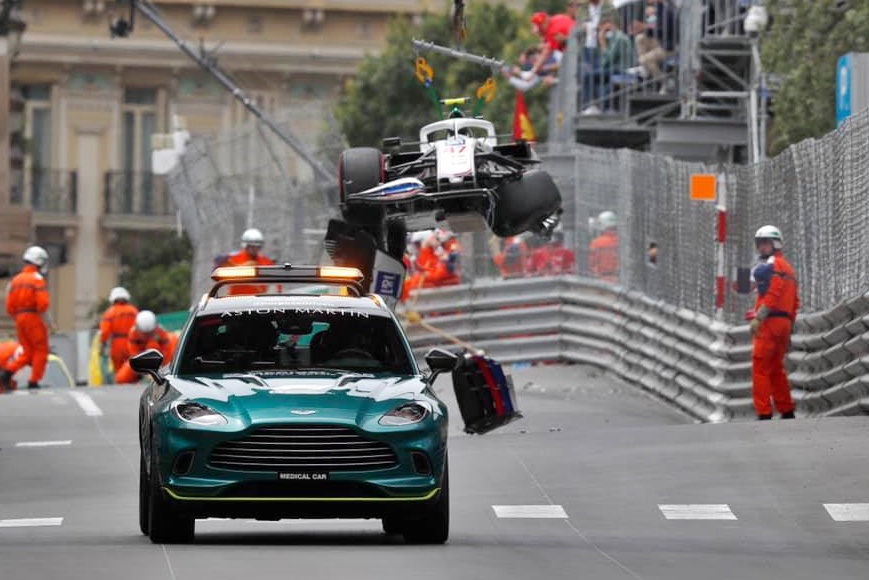
“For me, personally, in terms of workload for the driver, Monaco is the toughest because there is no time to rest” said Mercedes-AMG’s Valtteri Bottas. “It is literally corner after corner, and even the straights aren’t really straight, you are always turning even just a little bit.”
“There’s really no race like it… it’s such a unique, intense weekend for the drivers and the team, with no margin for error. It puts the fire under your ass, and we love the challenge!” added his boss, Toto Wolff.
The 3.337-km circuit has been resurfaced in a number of locations and it’s in good condition, according to Mario Isola, Pirelli’s Head of F1 and Car Racing. “There’s significant track evolution, thanks also to the support events. We saw solid performance from all three compounds, with a similar time gap between all of them. We’ve seen nothing to suggest that teams will deviate from the usual one-stopper at Monaco, with the soft and the medium preferred,” he said.
The key to competitiveness is to gradually build pace through each session in order to peak during Saturday’s crucial qualifying session. That process is even more difficult this year due to the reduced duration of Friday’s practice sessions. With the narrowness of the track, it is vital to get a good position on the starting grid.
While completing a lap, the driver’s vision at high-speed and their ability to react quickly to any changes in the environment is crucial. This is especially challenging at a track like Monaco, which is narrow and twisty, with blind corners and potential surprises around every one of its 19 corners (8 left-handers and 11 right-handers).
As the weekend progresses, the drivers are filtering through different reference points to pick the quickest lines, the latest braking points and progressively build confidence. This is particularly crucial in Monaco, knowing any accidents in the practice sessions could limit their running and even their chances to take part in Qualifying.
Intense super-short, super-quick lap
With limited overtaking opportunities in Monaco, single lap pace in qualifying is vital which puts pressure on the outlap to ensure the car crosses the start line in optimum shape to begin the timed run. The driver will adjust their brake balance continuously through the outlap while weaving, accelerating and braking to generate temperature in the brakes and tyres, while also charging the ERS system so they have maximum power to deploy on the timed lap.
In Monaco, the challenge and intensity are crammed into a super-short, super-quick lap that requires maximum precision and maximum concentration. There’s no relenting… one slip of focus, and the driver and team’s hard work will be wiped away.
Hamilton at the top
Lewis Hamilton continues to lead in the Drivers Championship, as does his team. His closest challenger is Max Verstappen who is 14 points behind and whose Red Bull Racing team is also second, 29 points behind the Mercedes-AMG team.
The most successful driver at Monaco has been the late Ayrton Senna, with 6 wins that started when he was with Lotus in 1987. Senna also contributed 5 wins to McLaren’s total of 15 wins, the most of any constructor.





